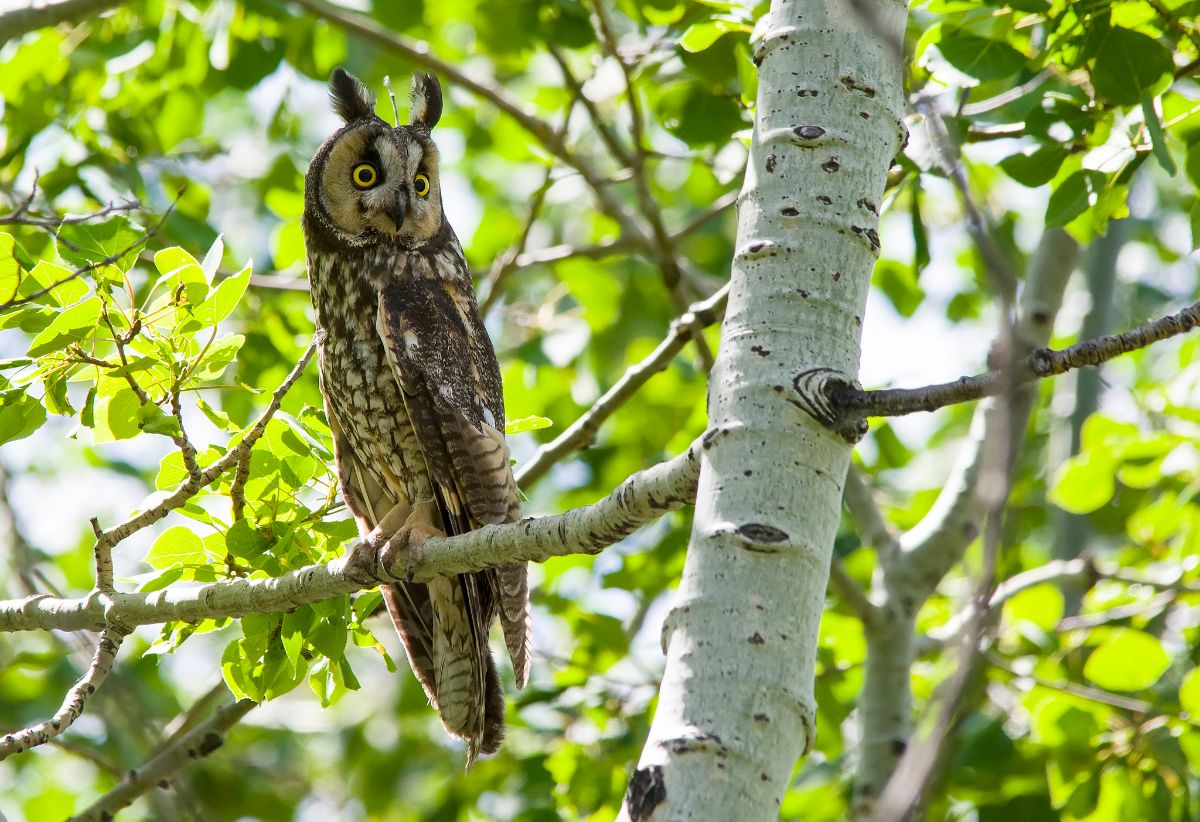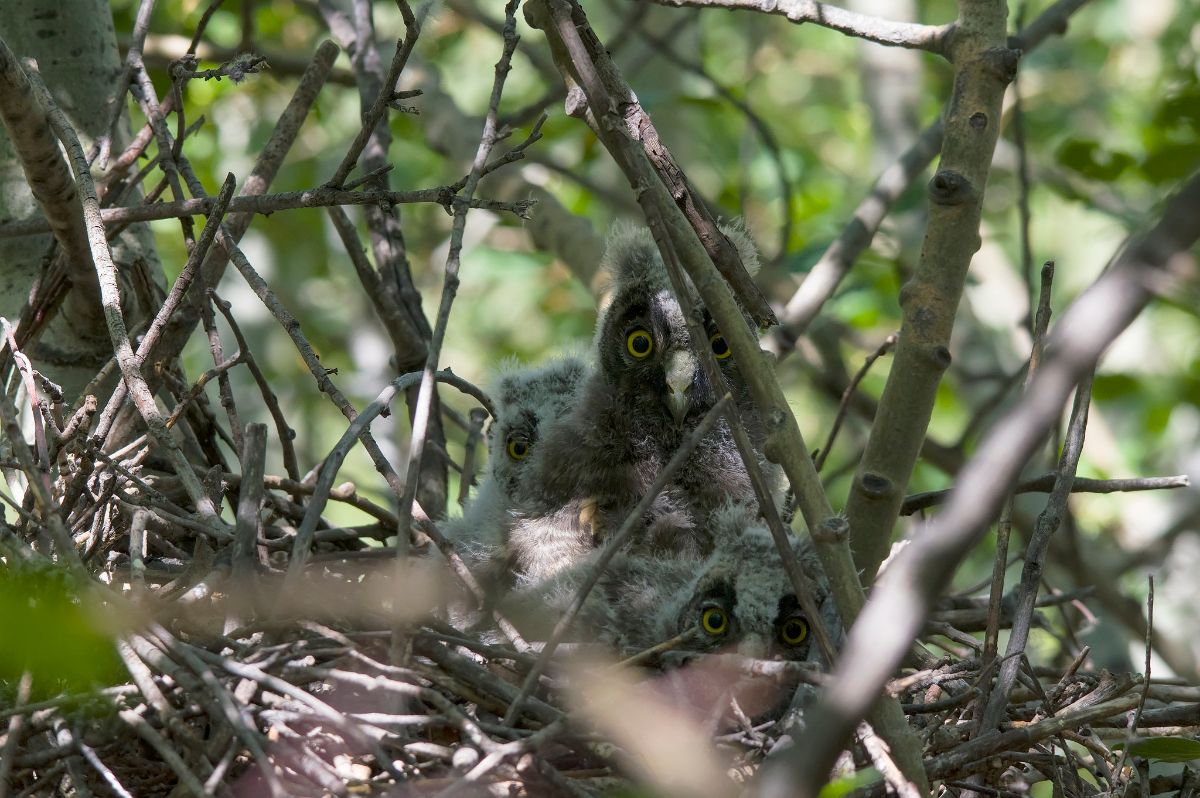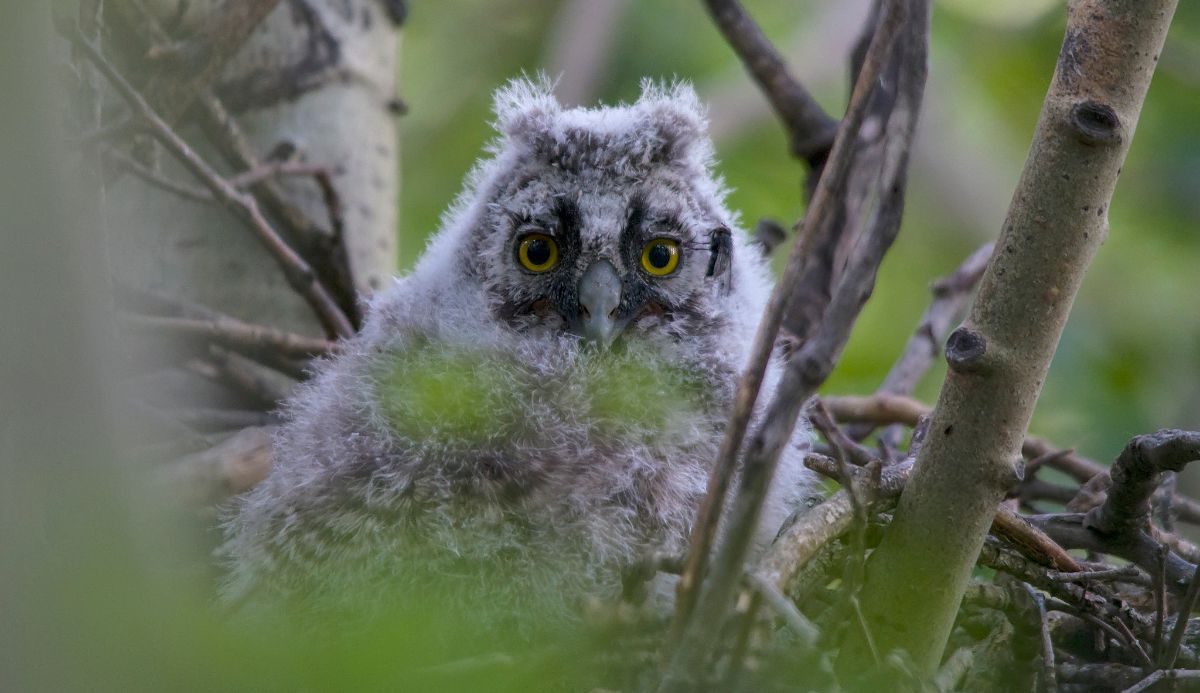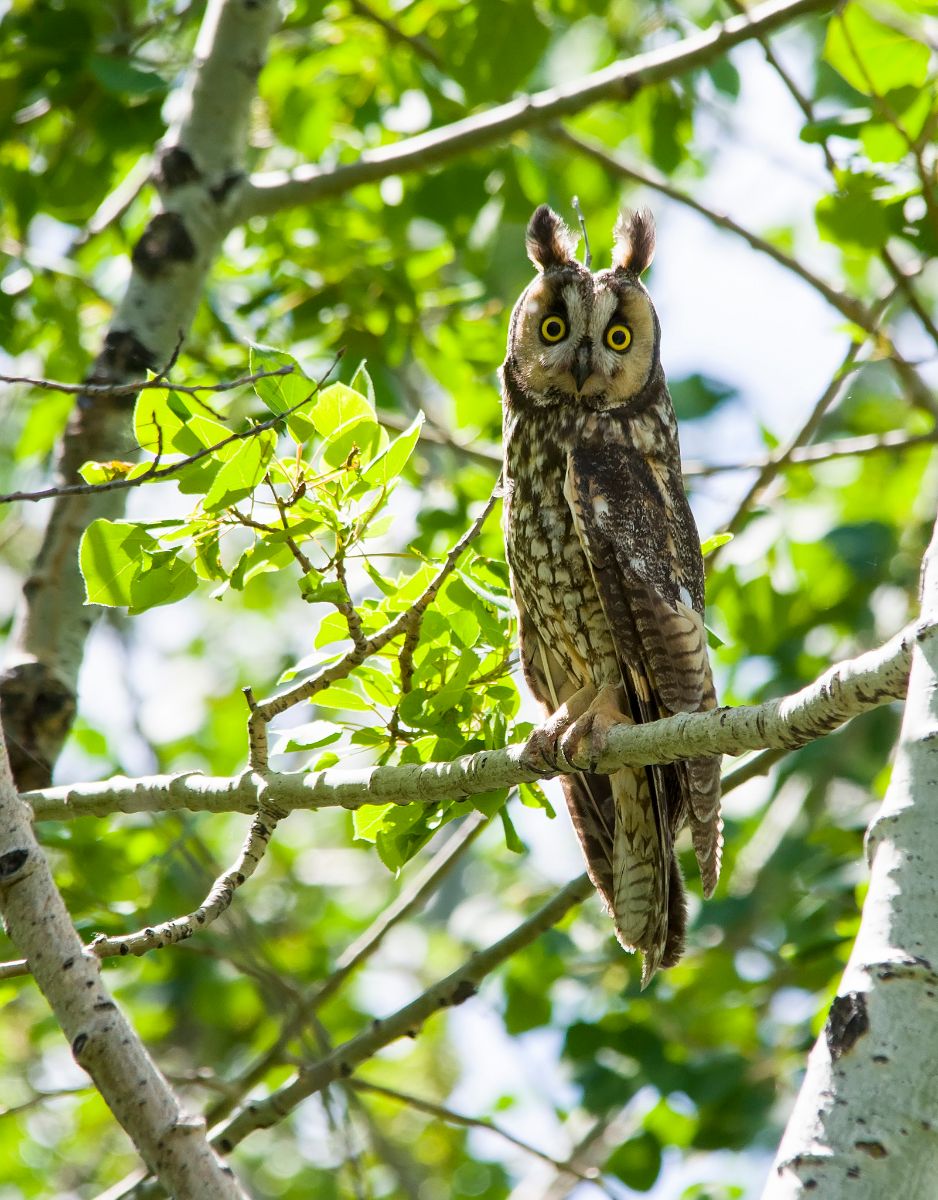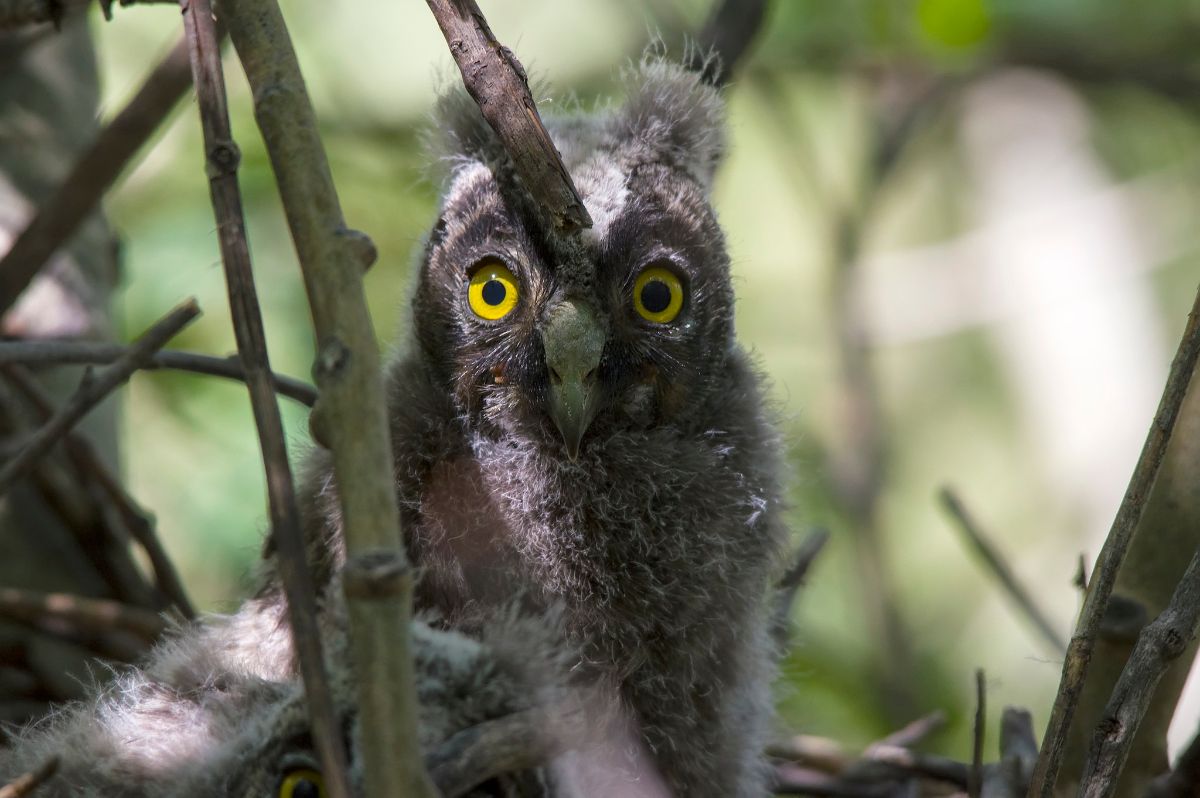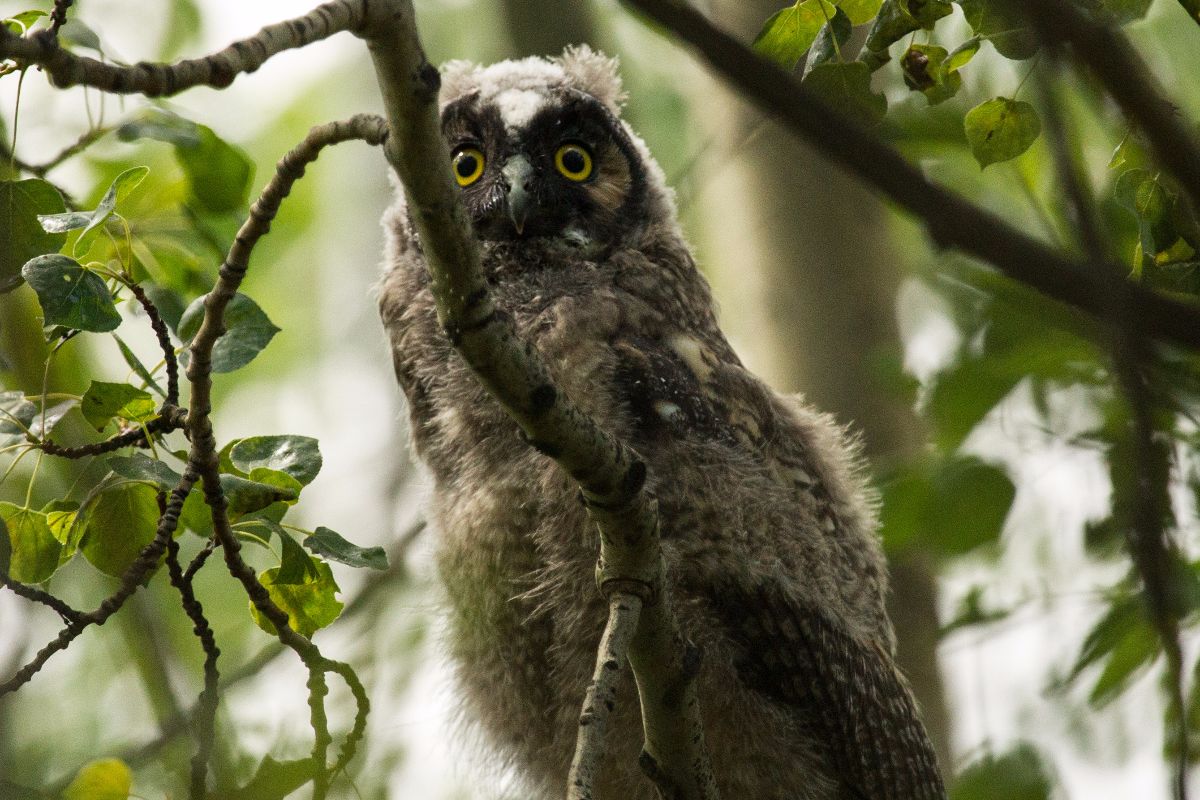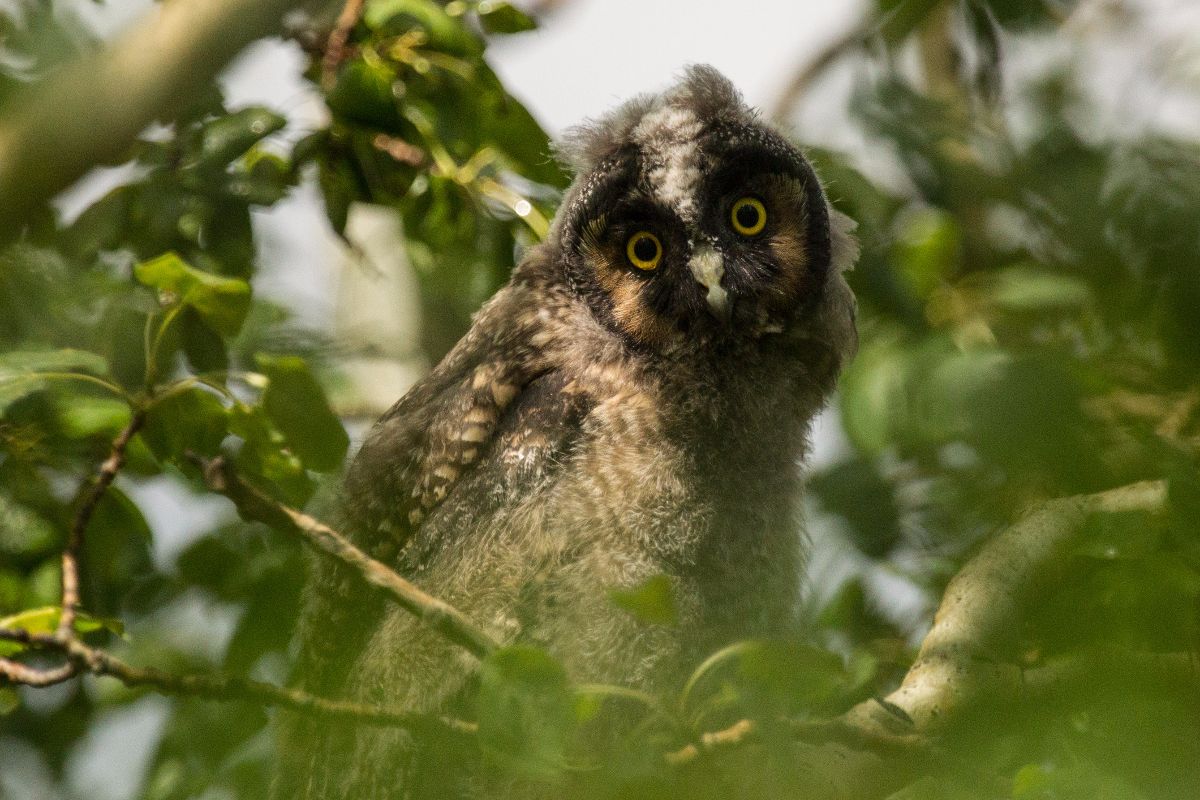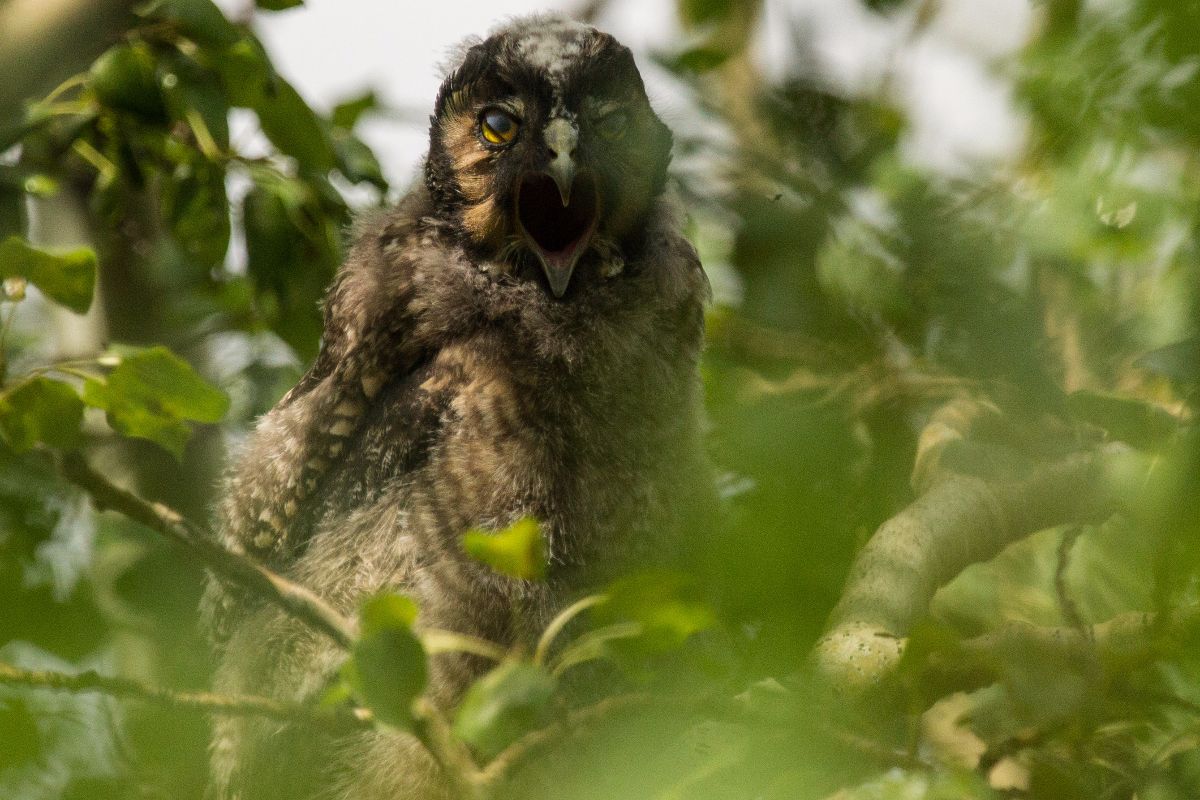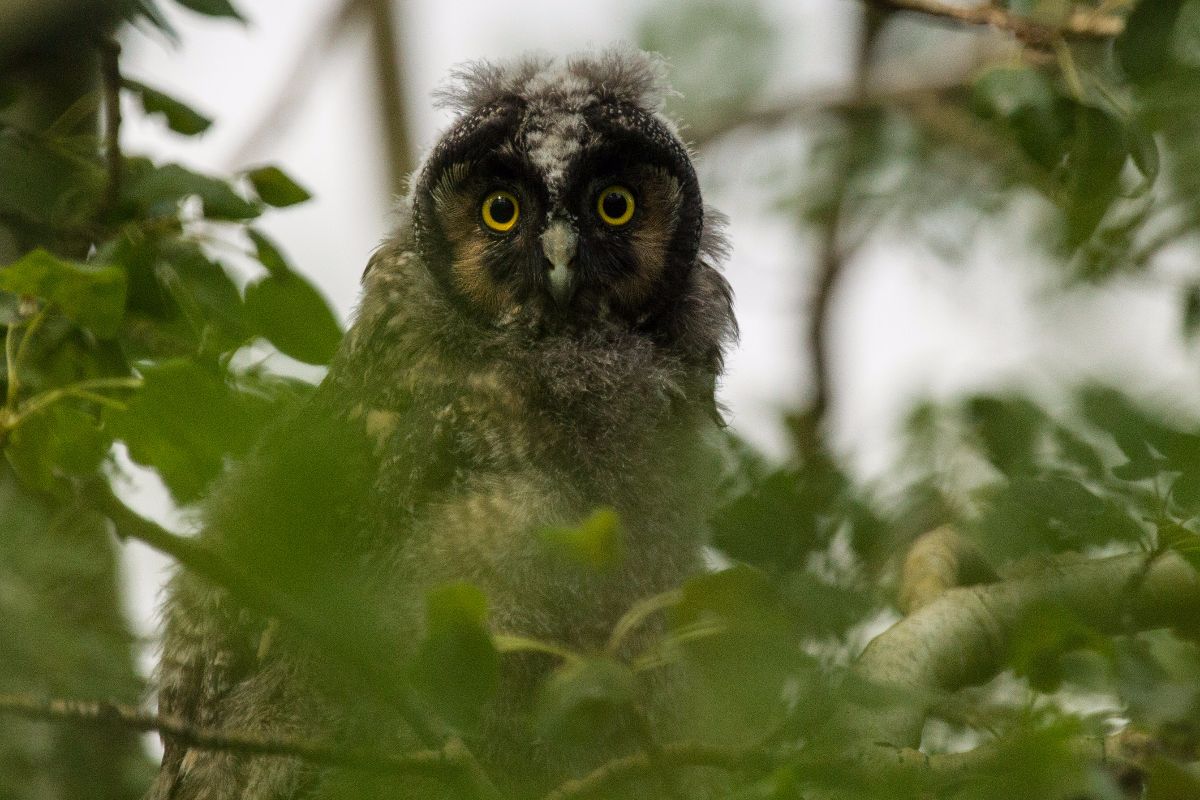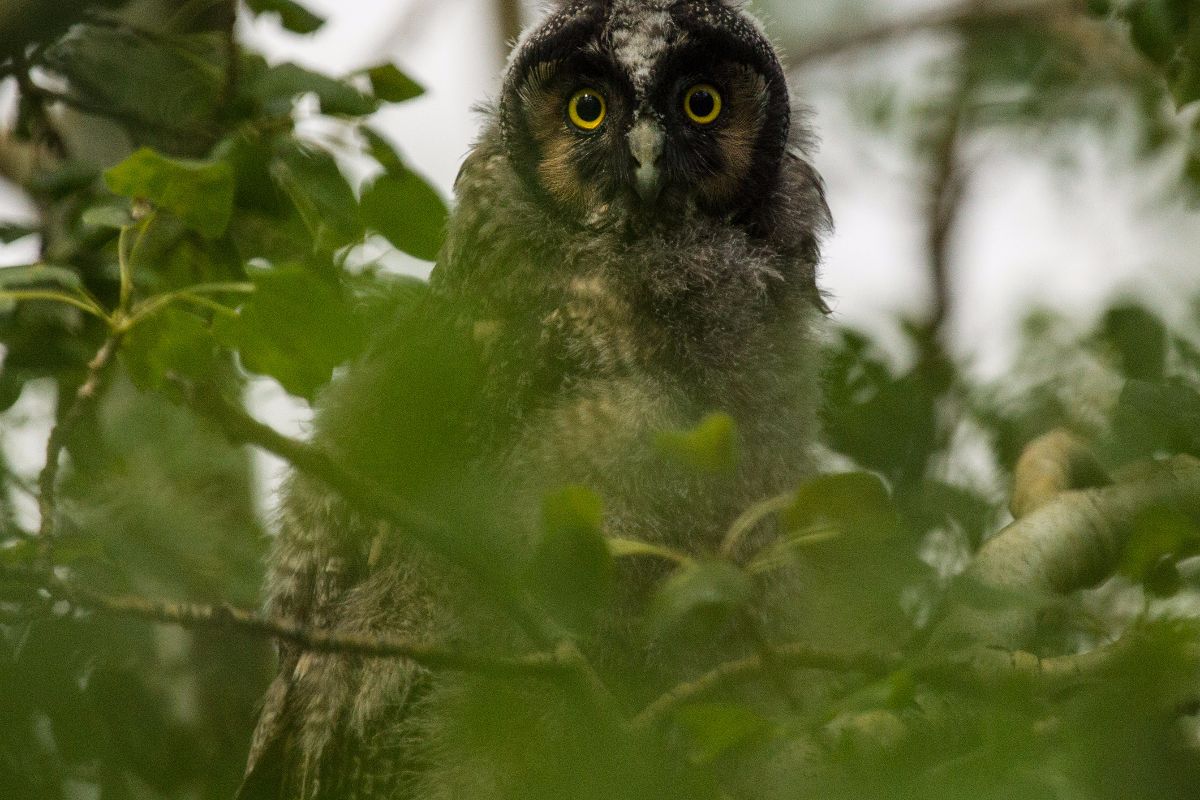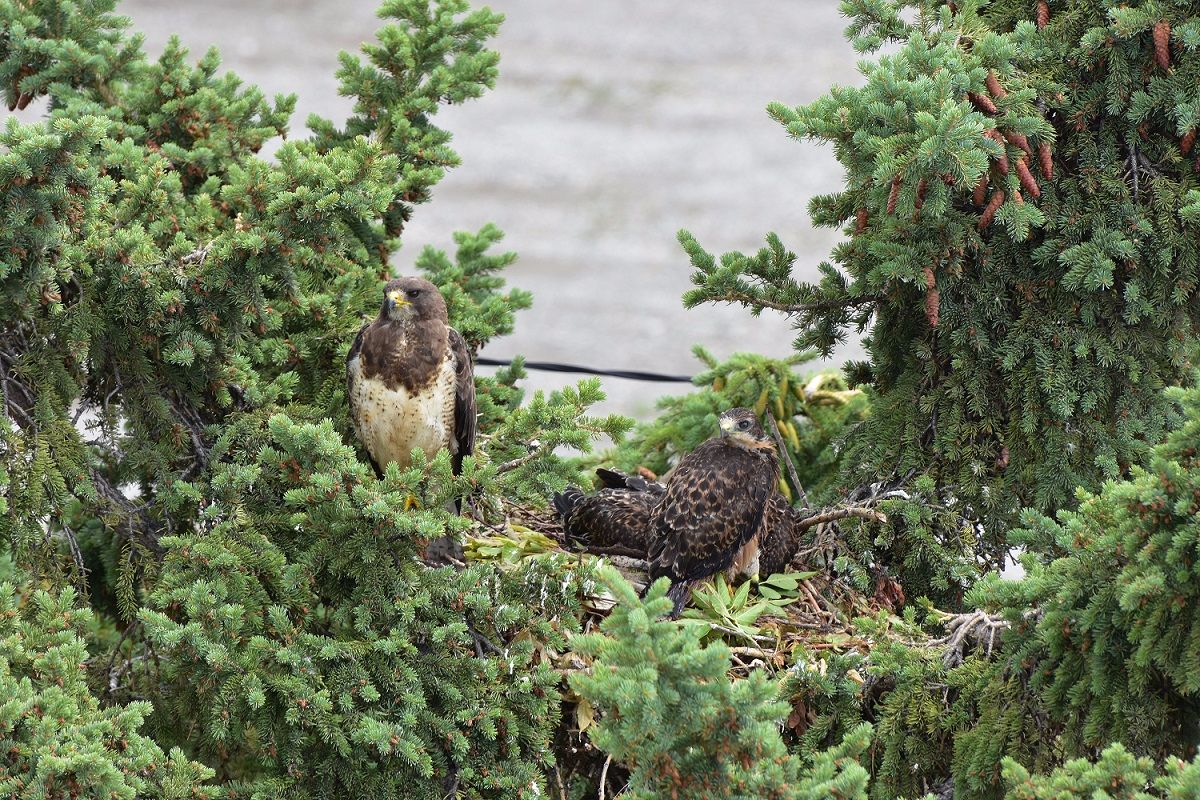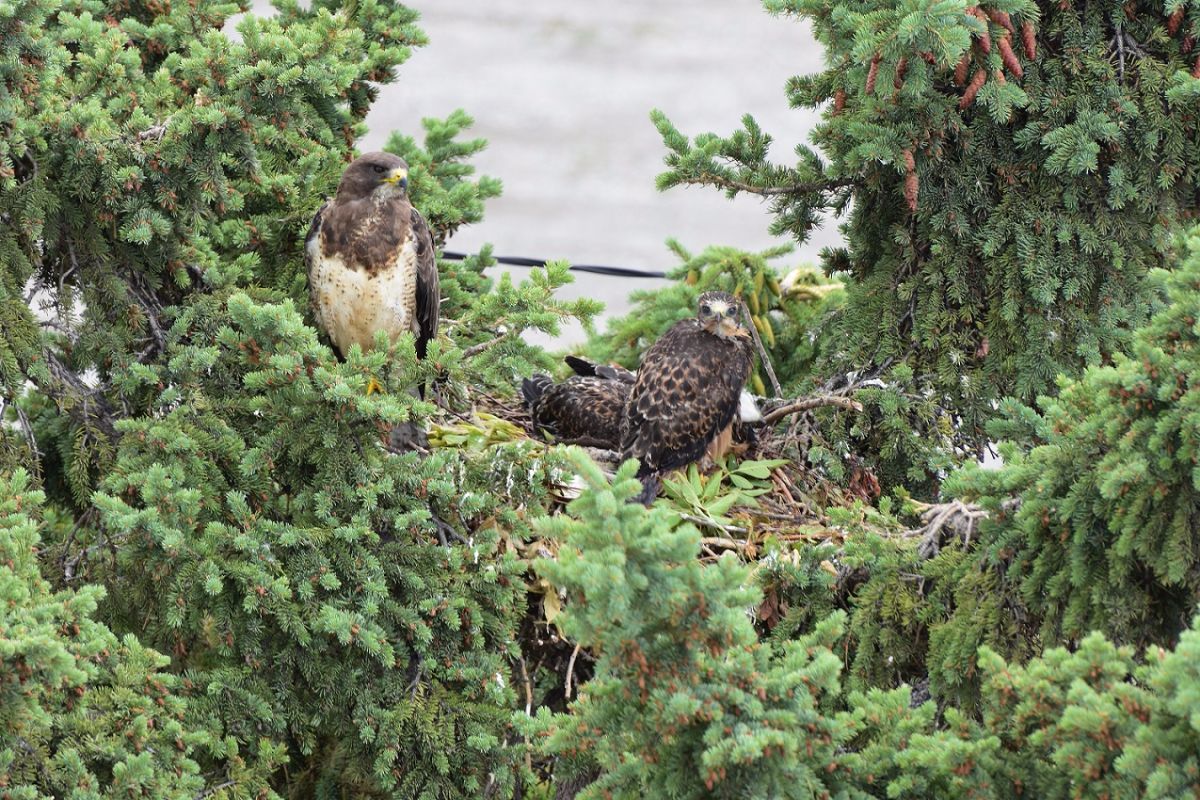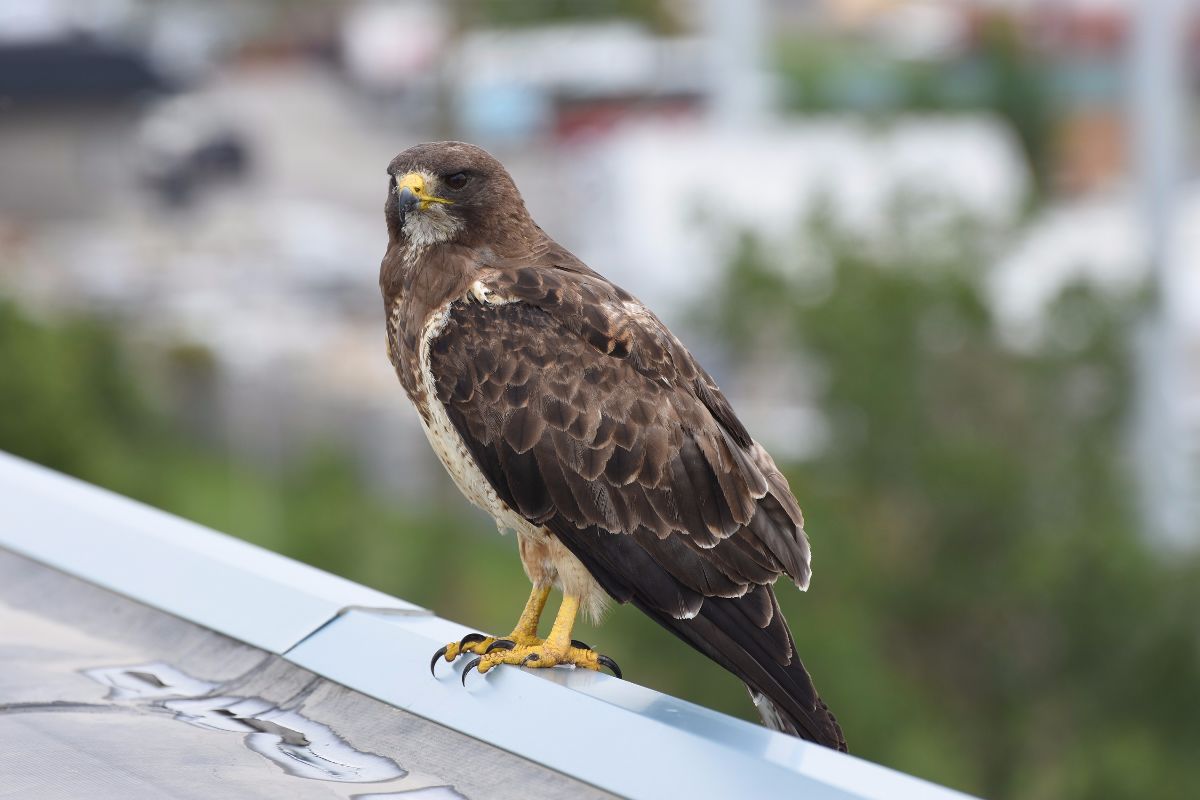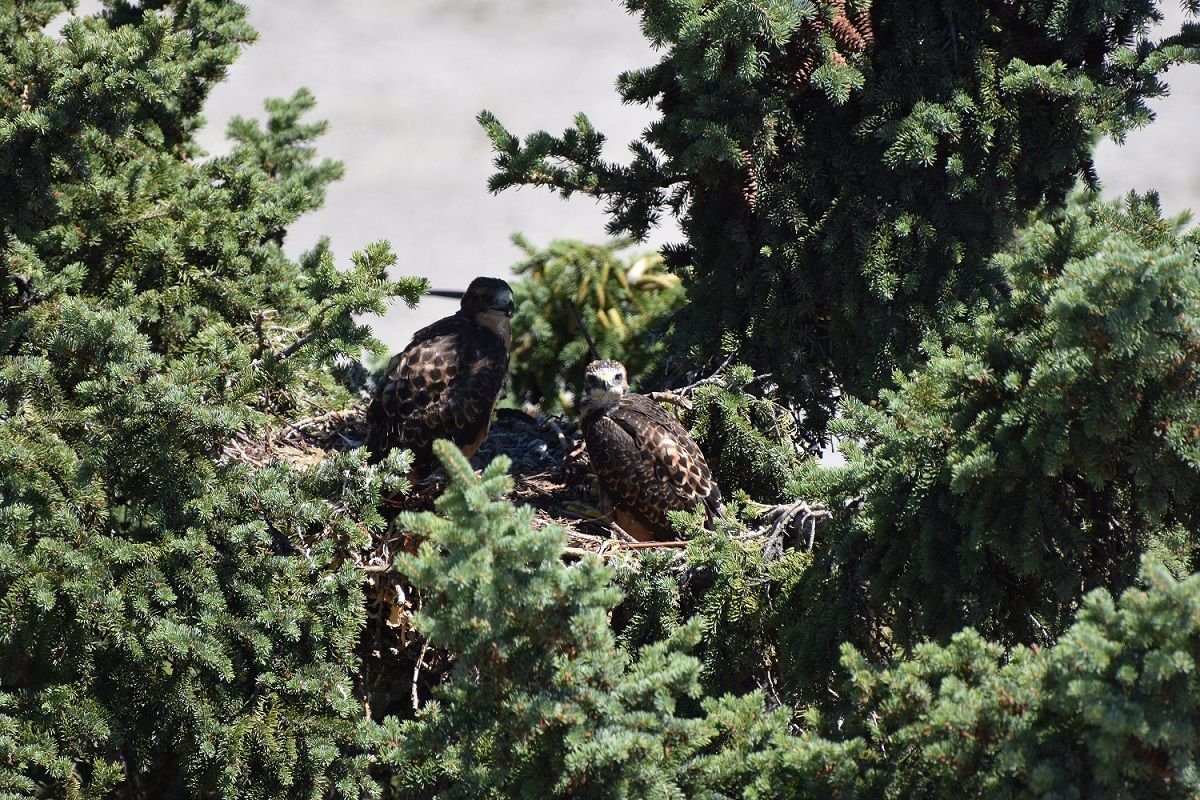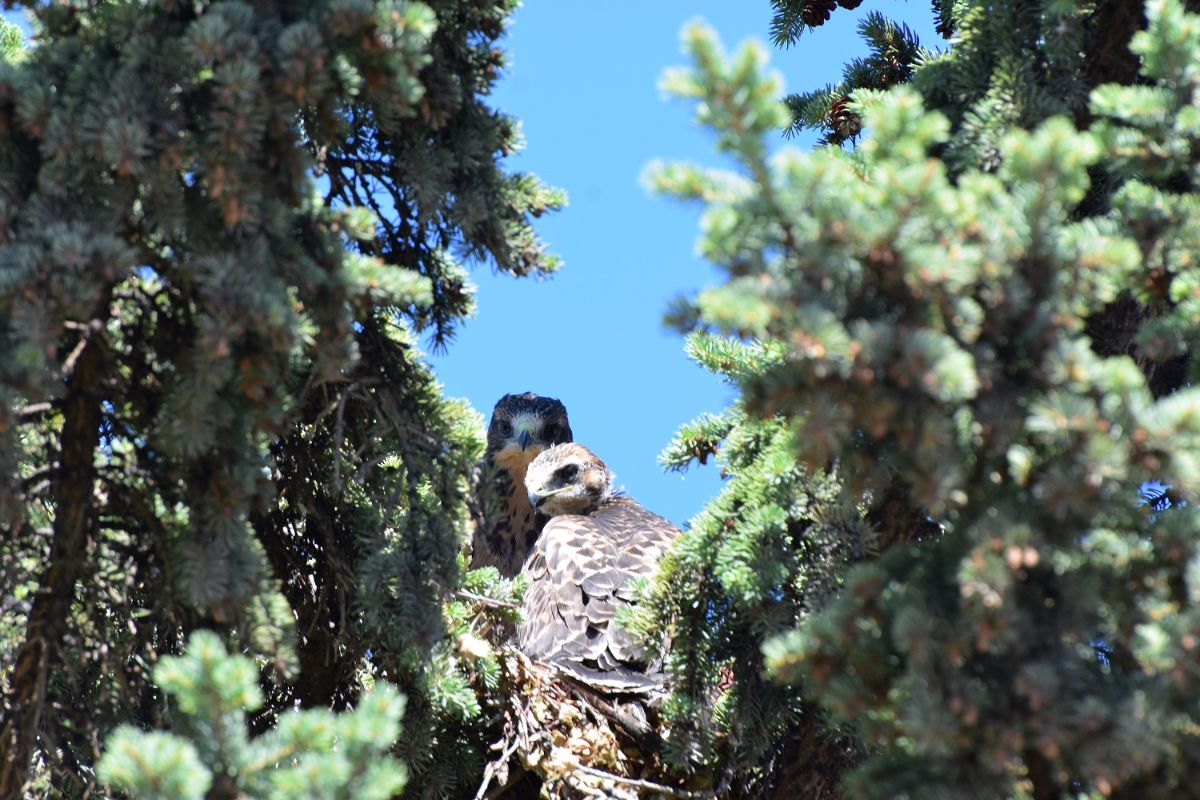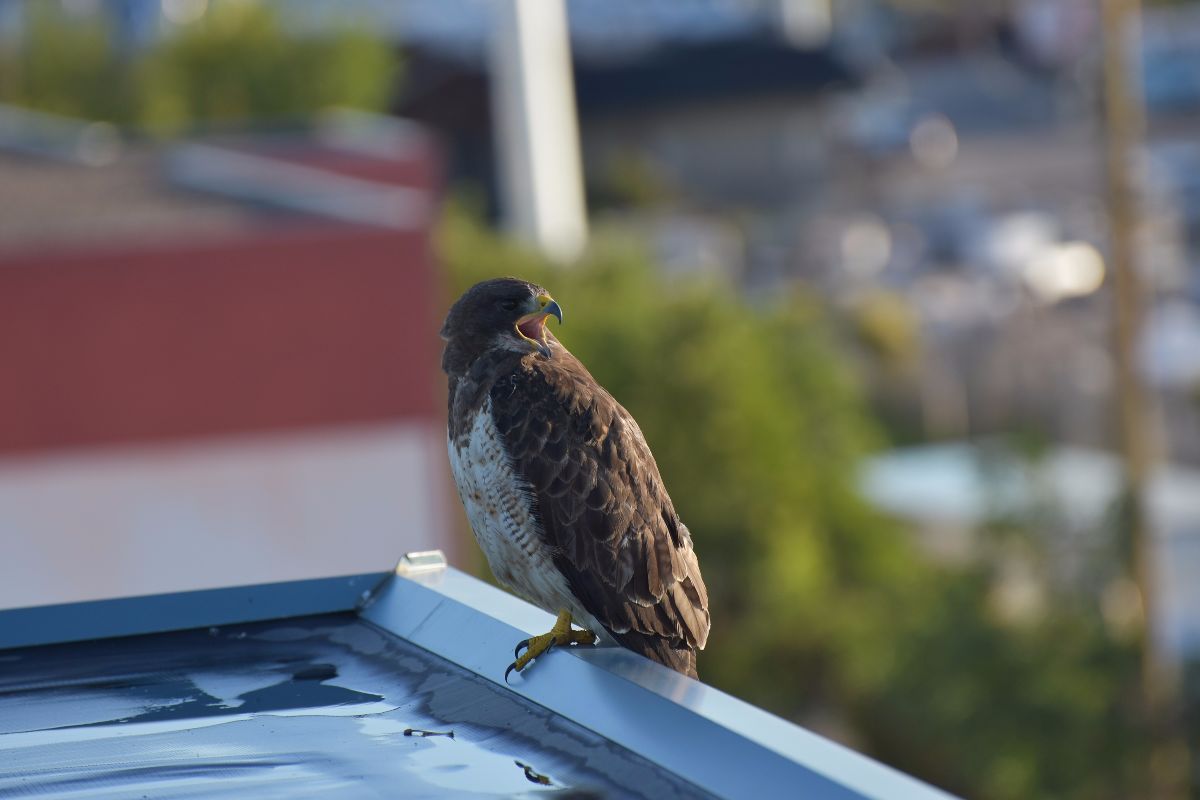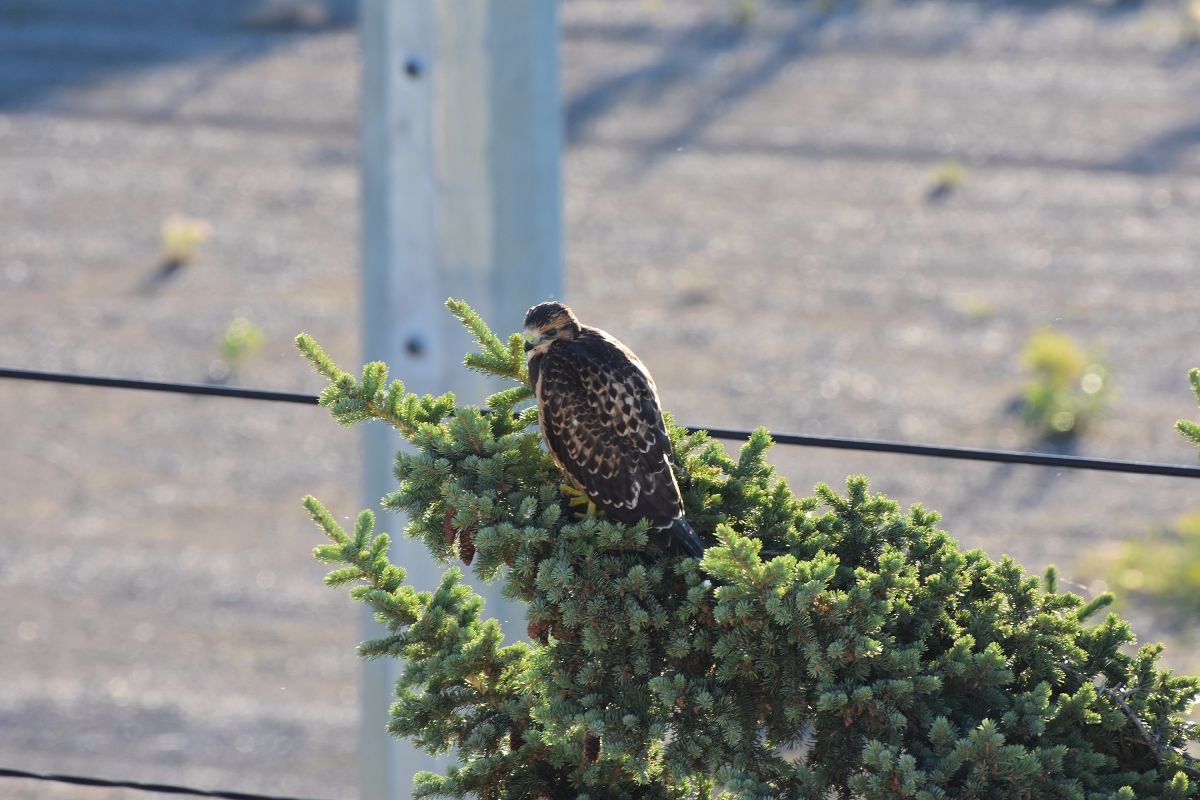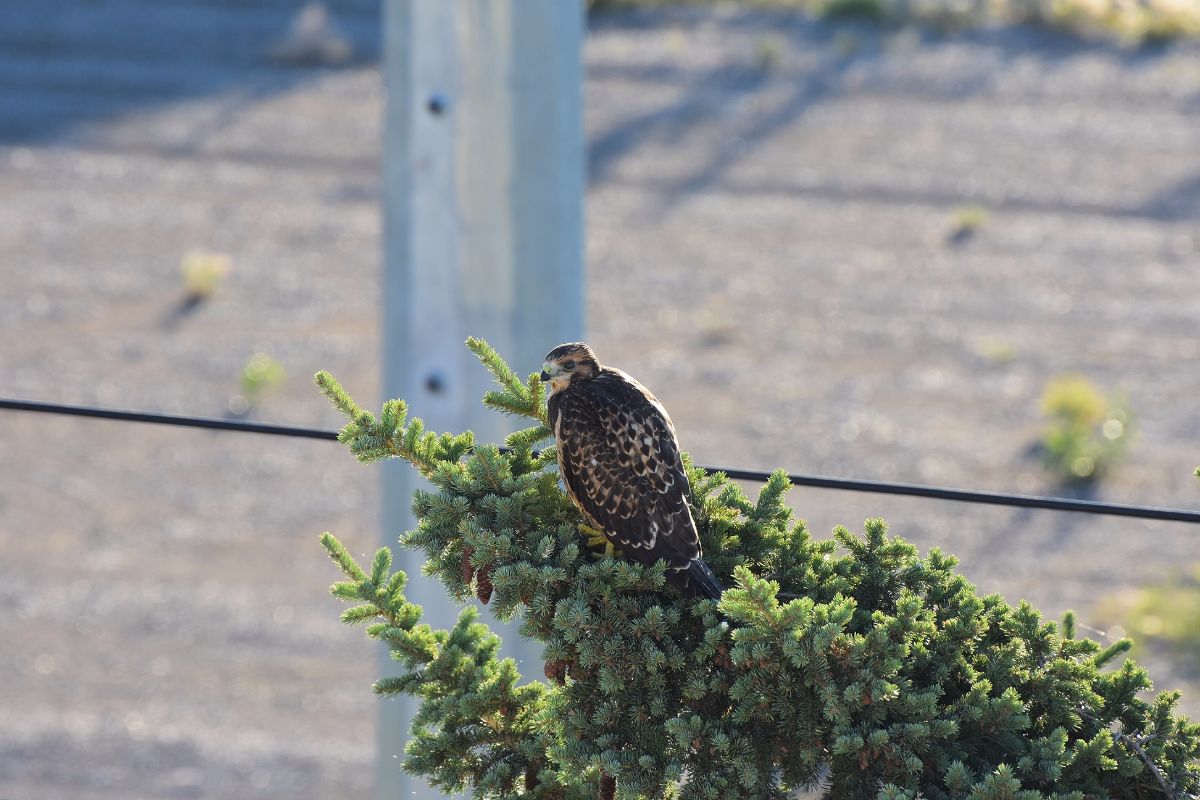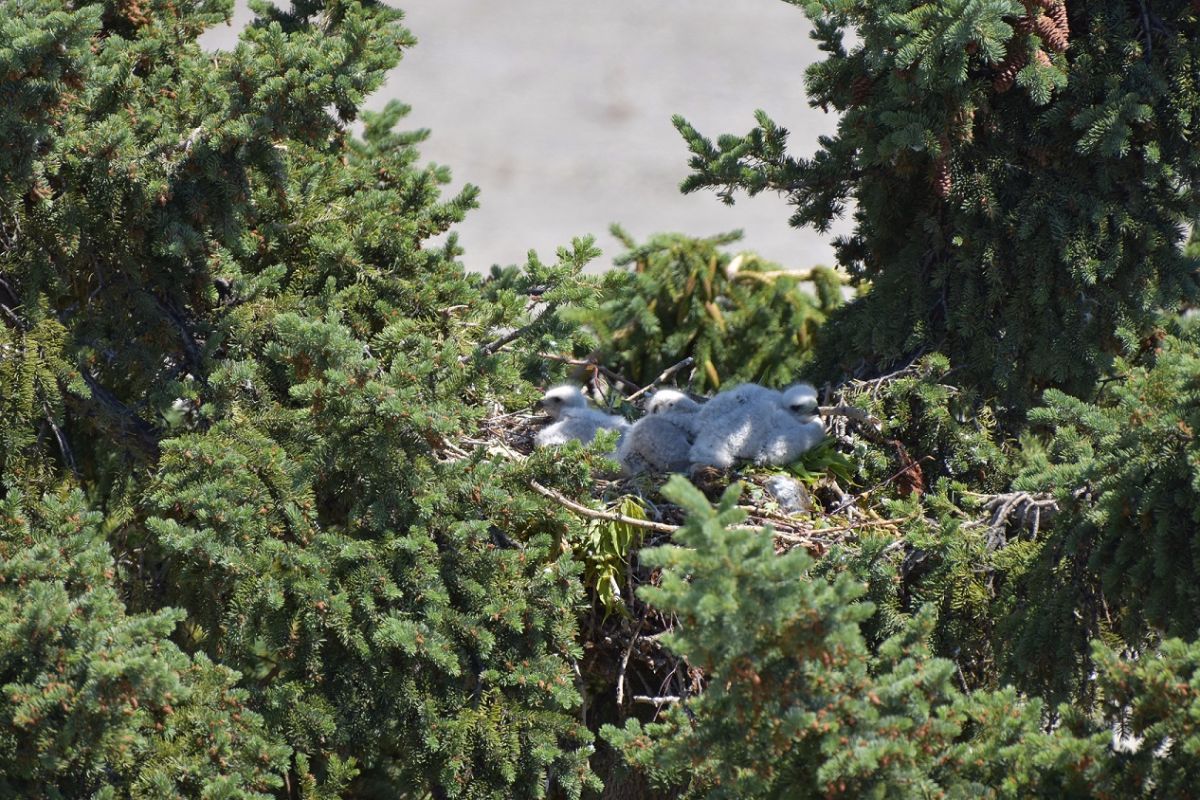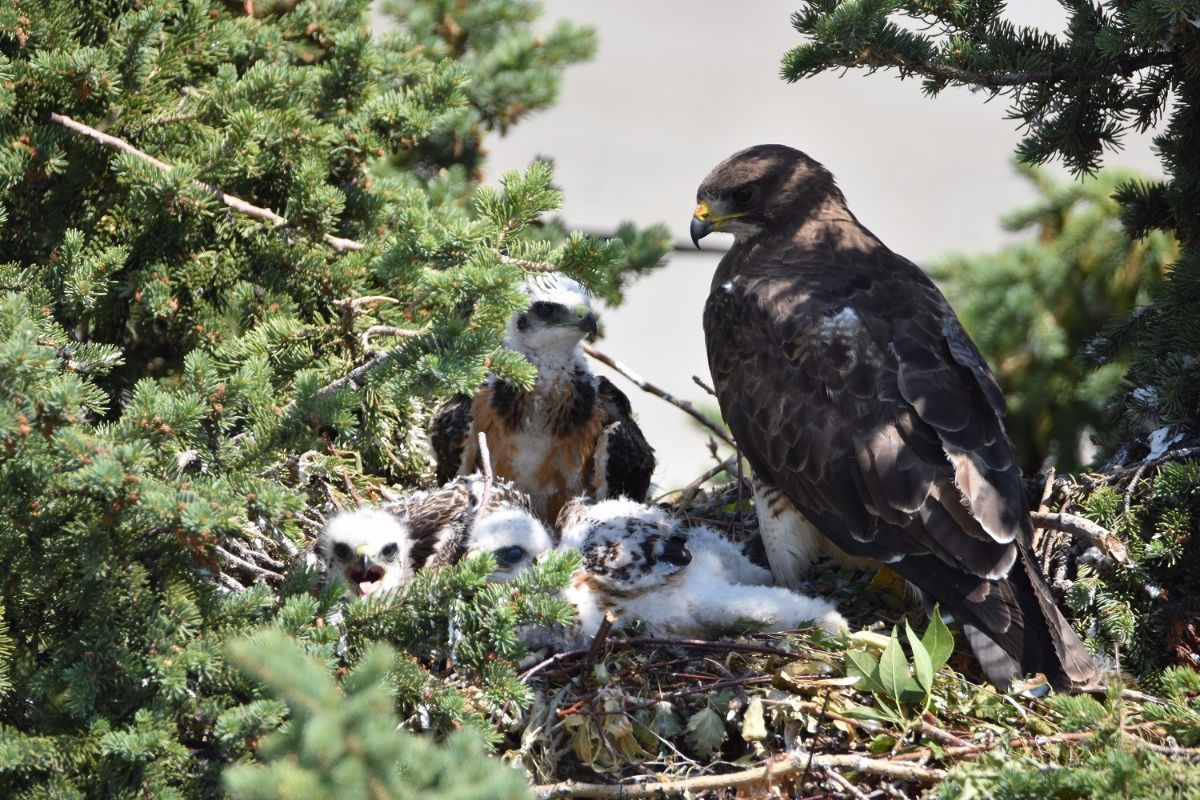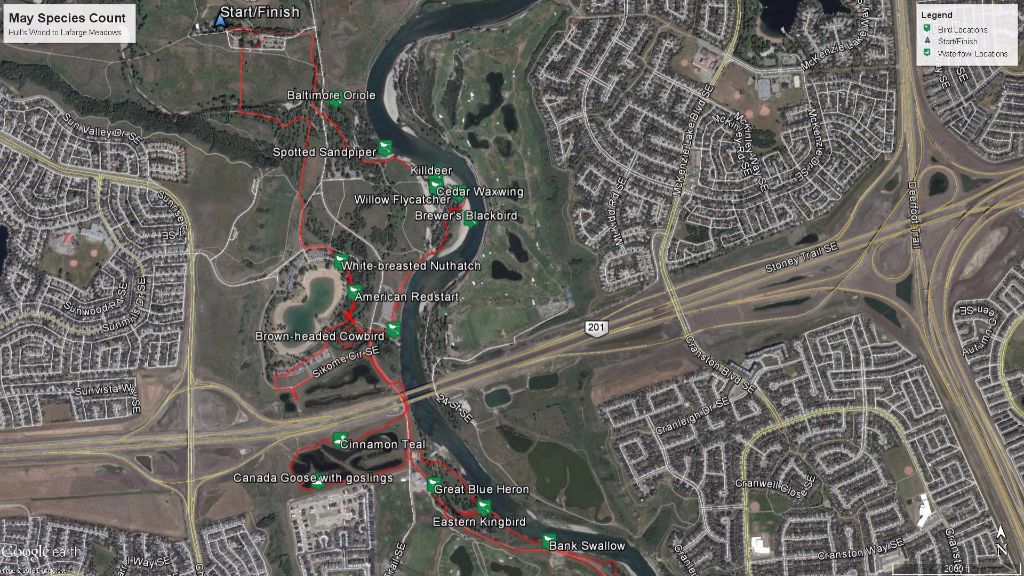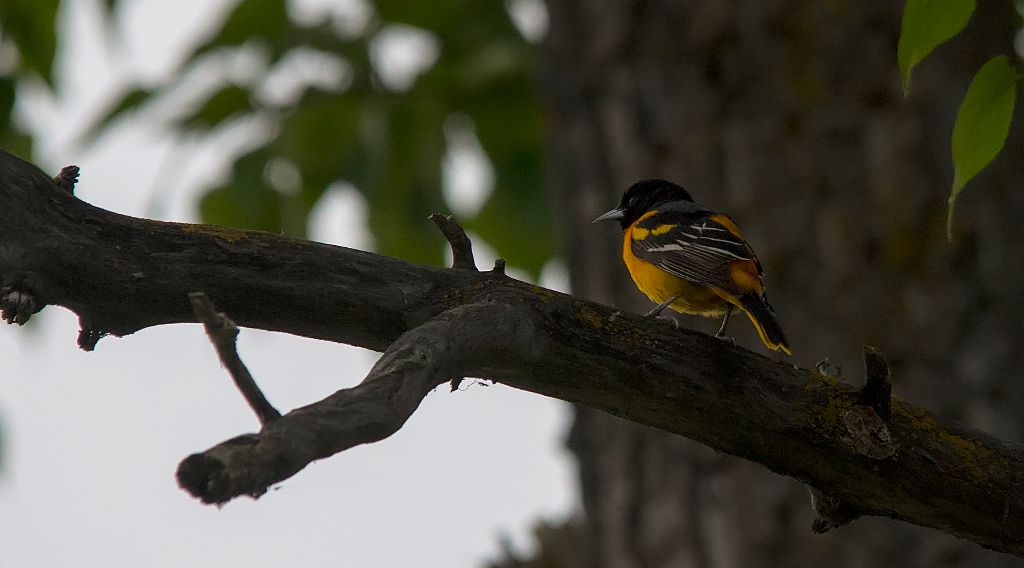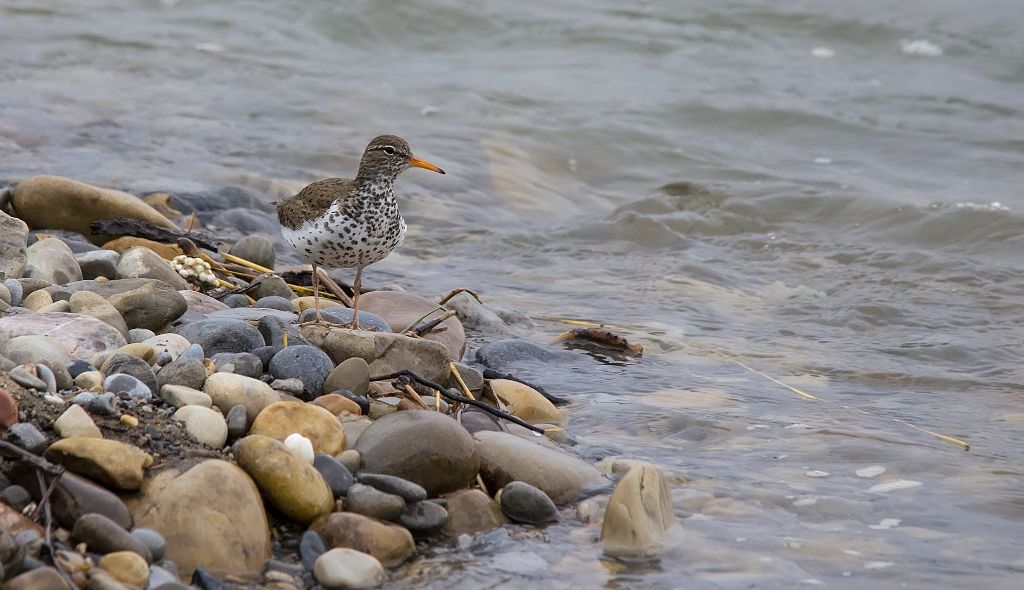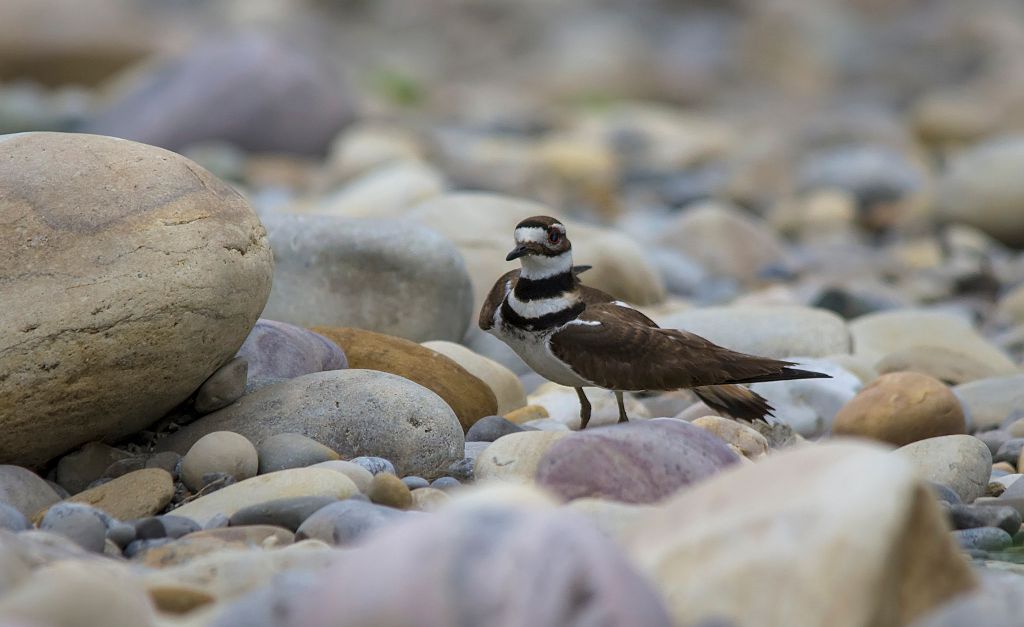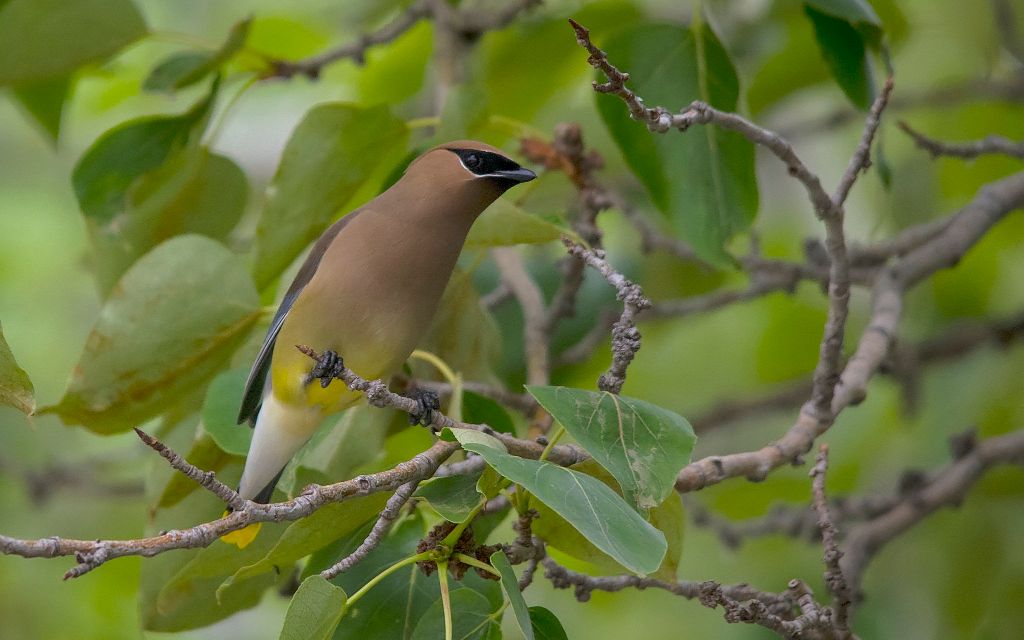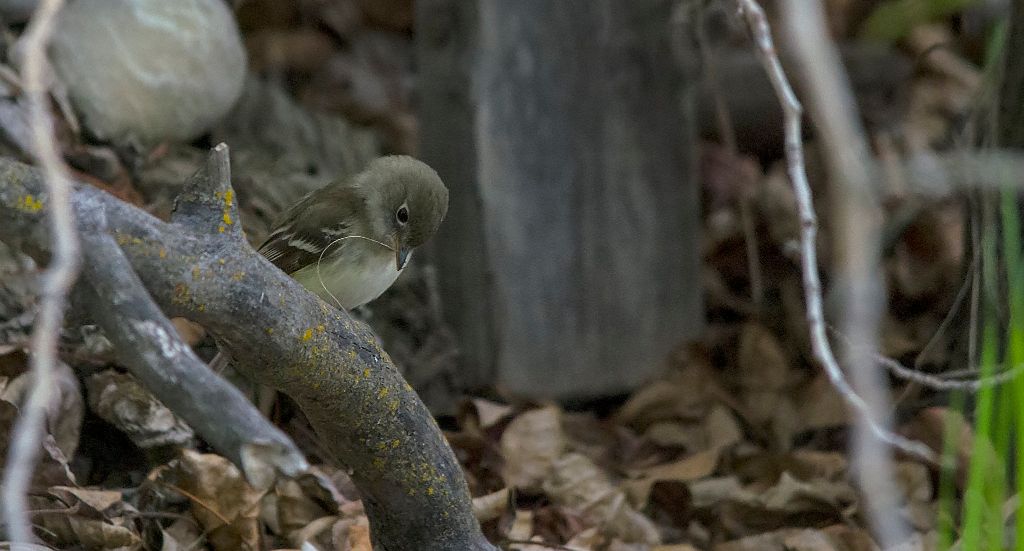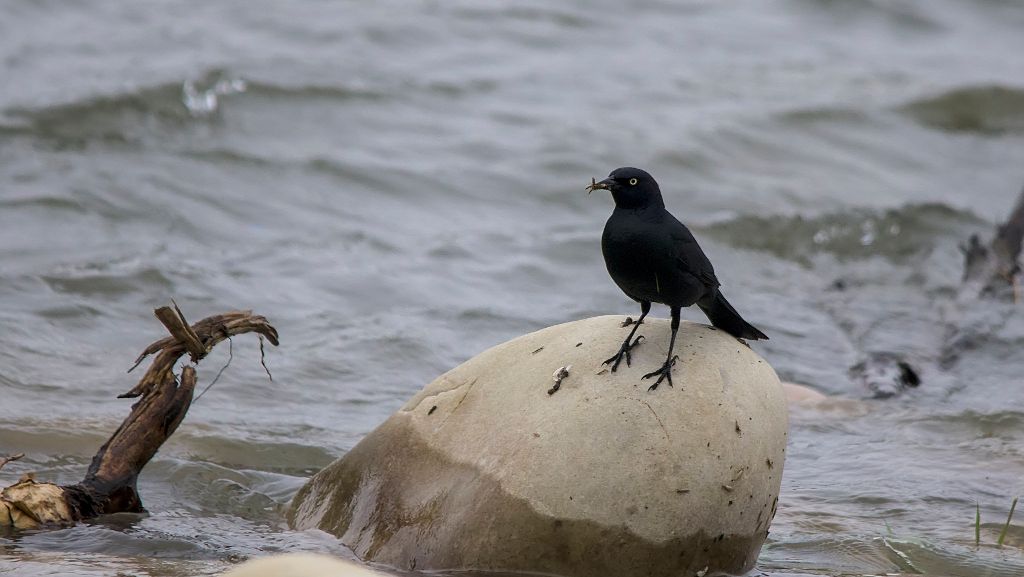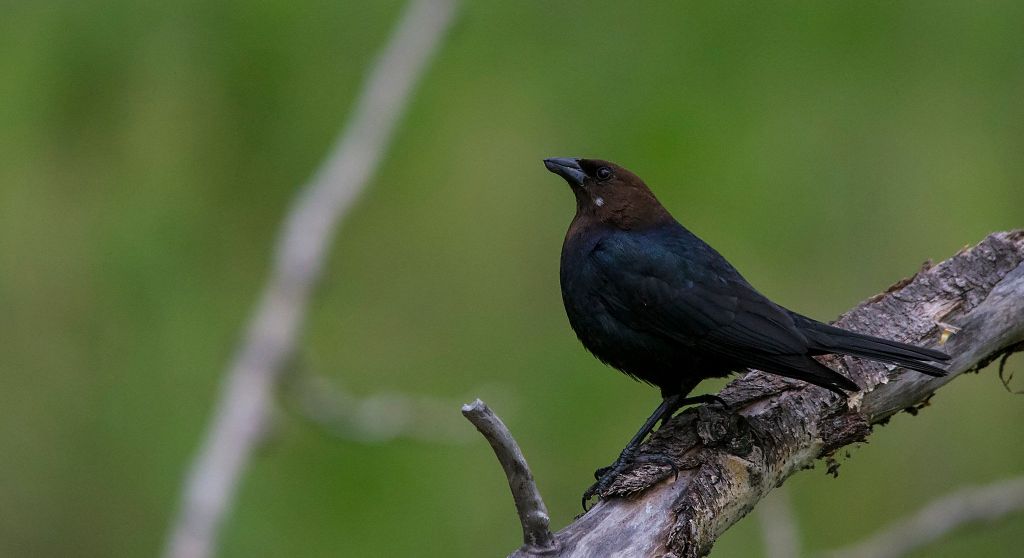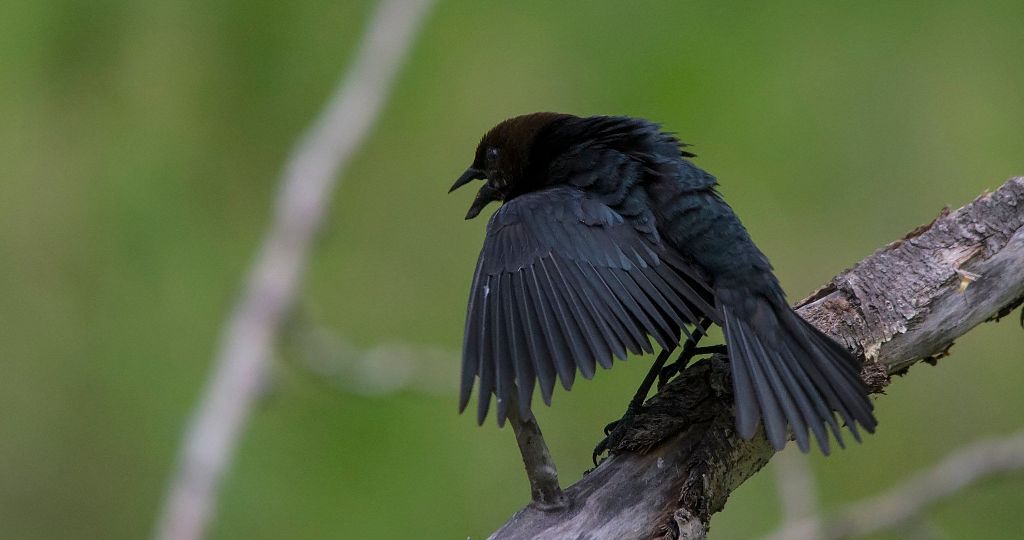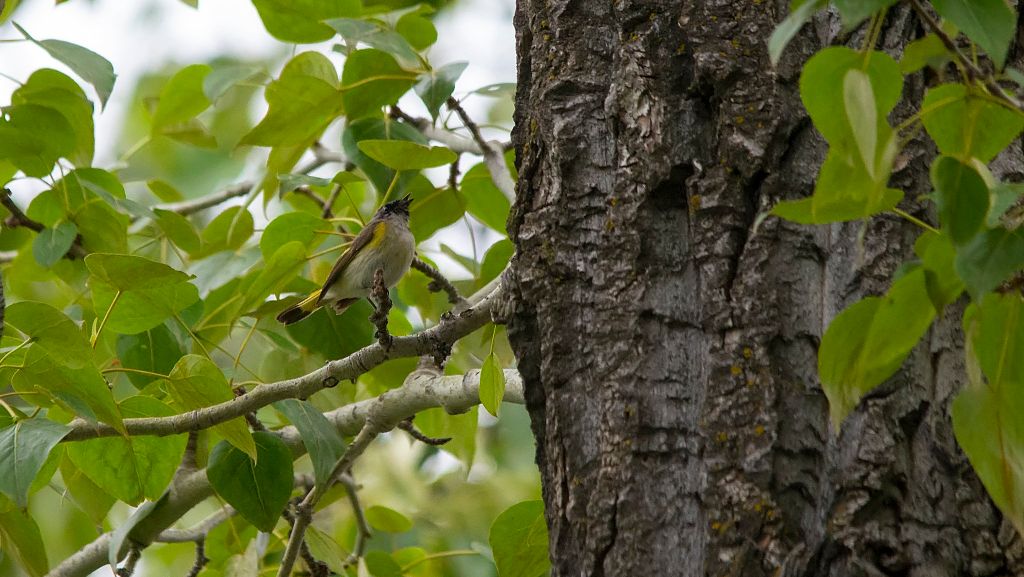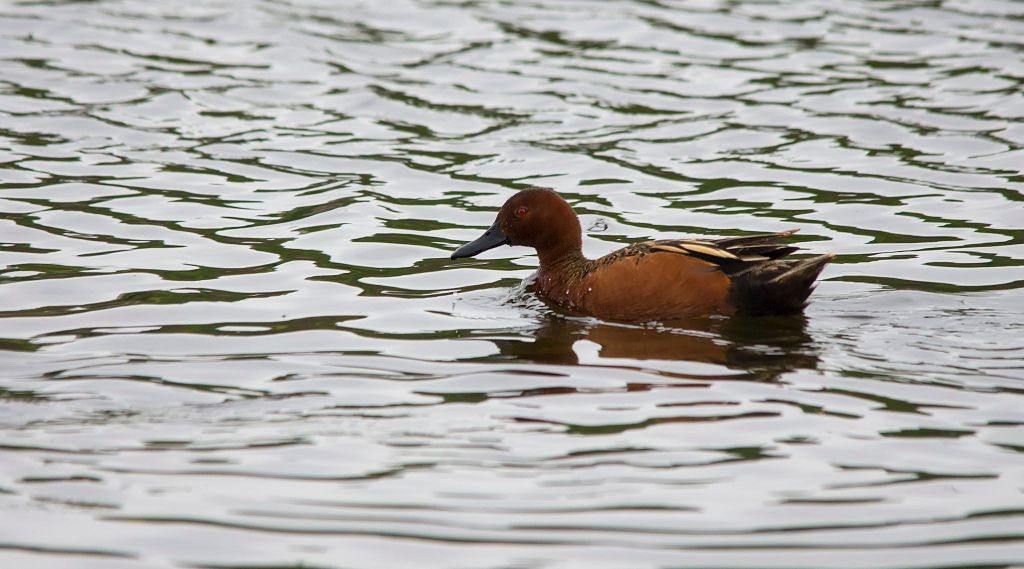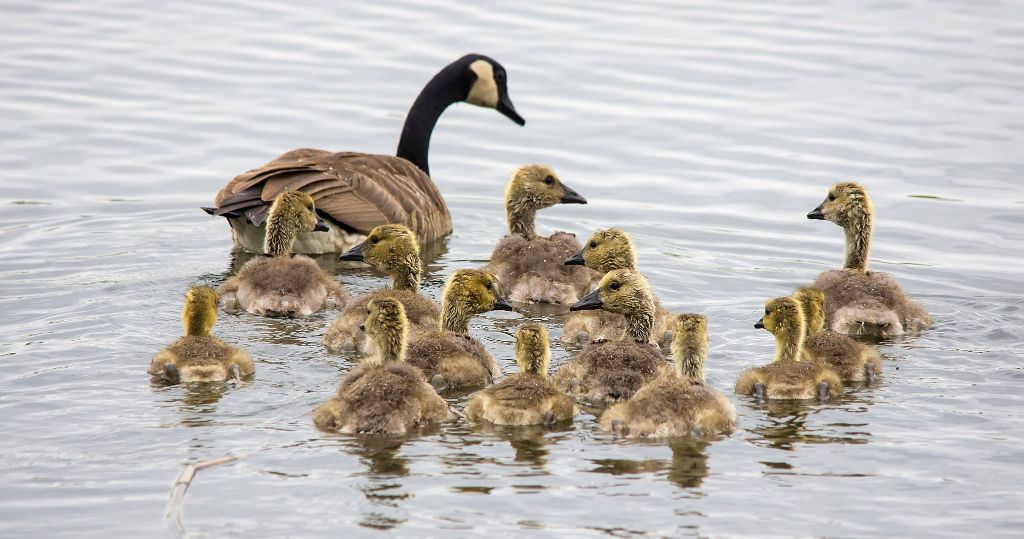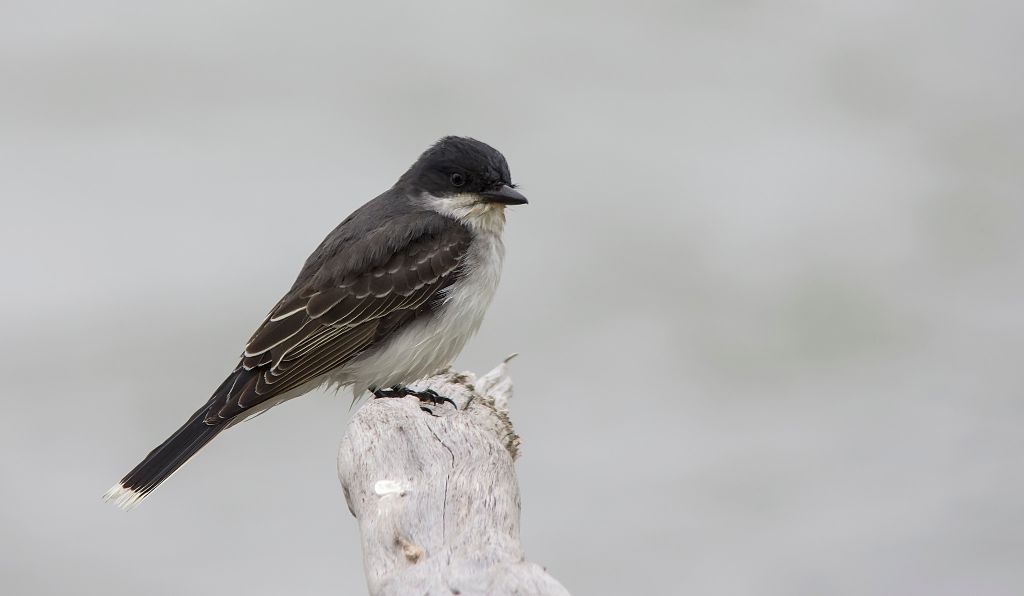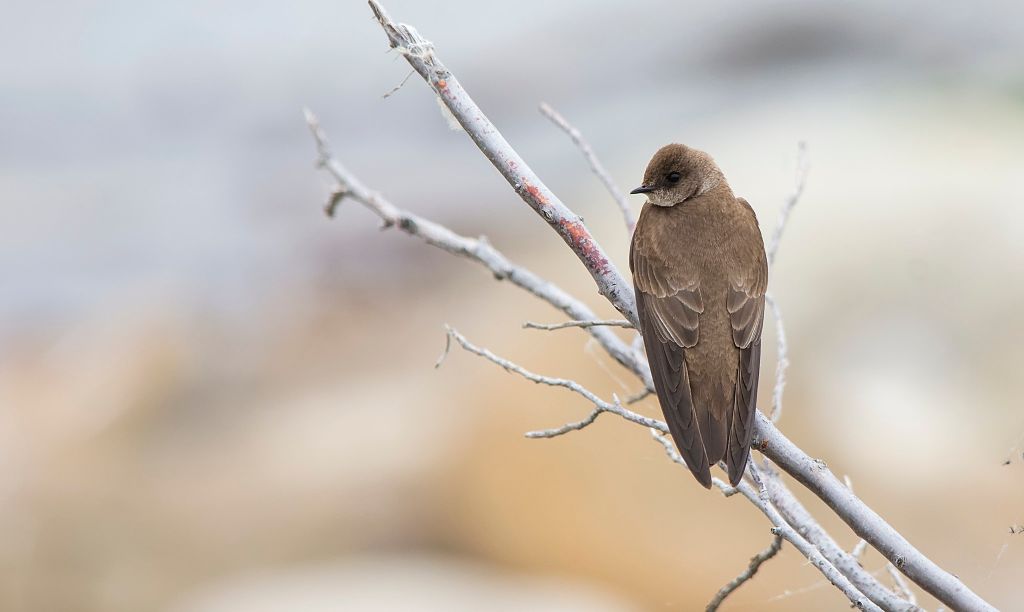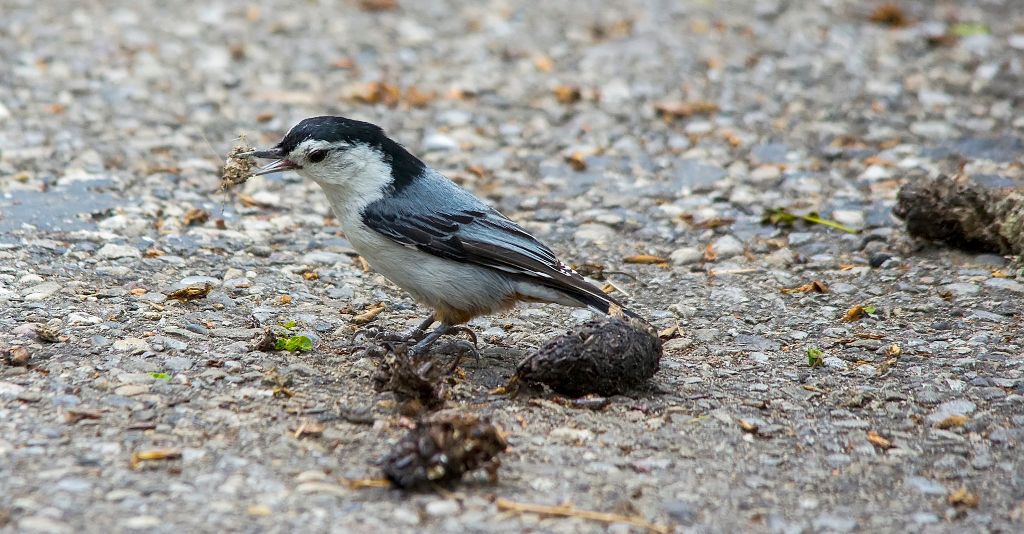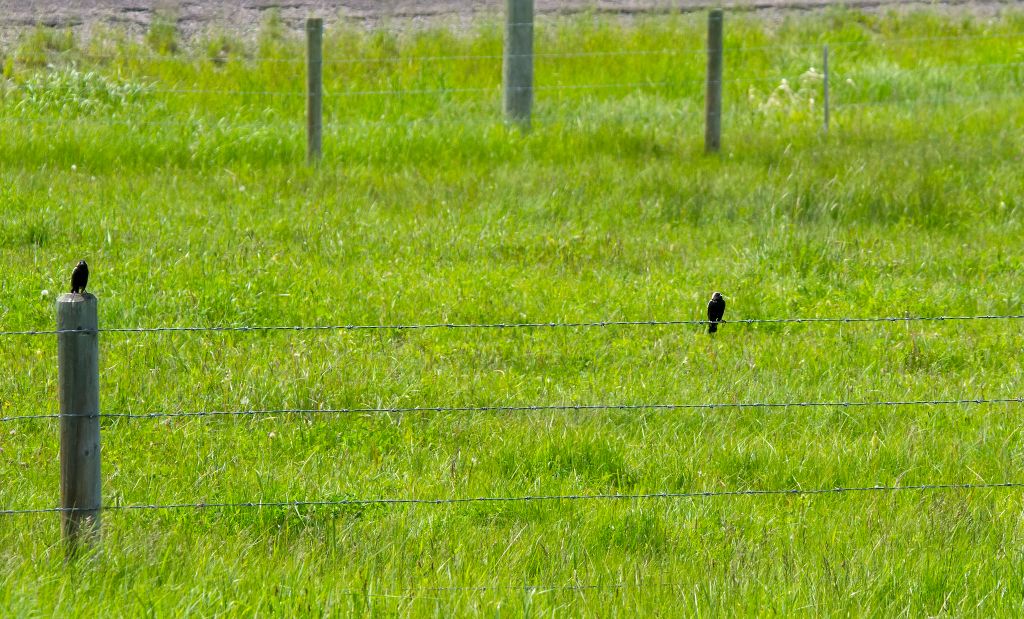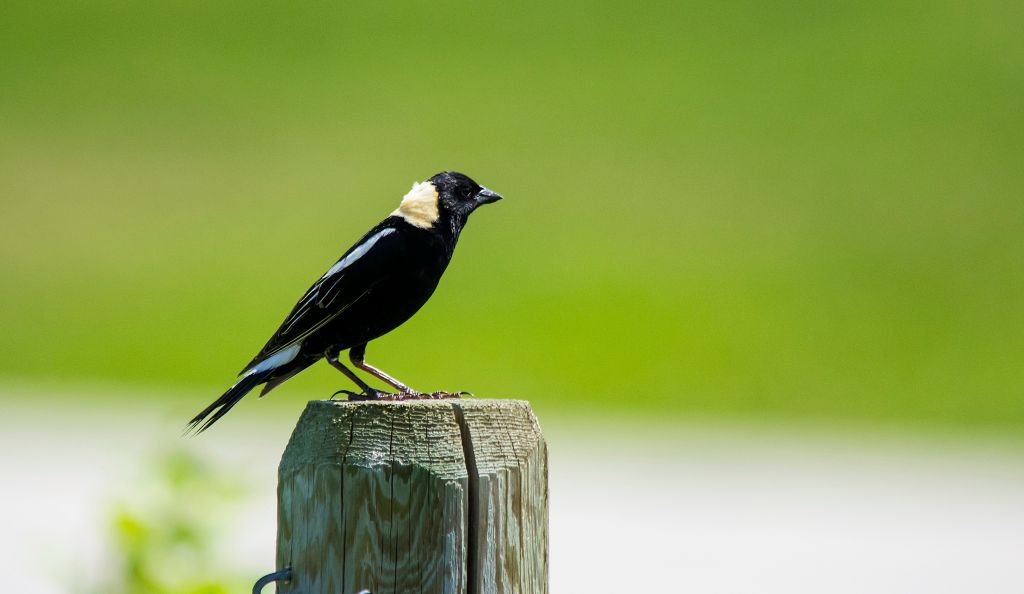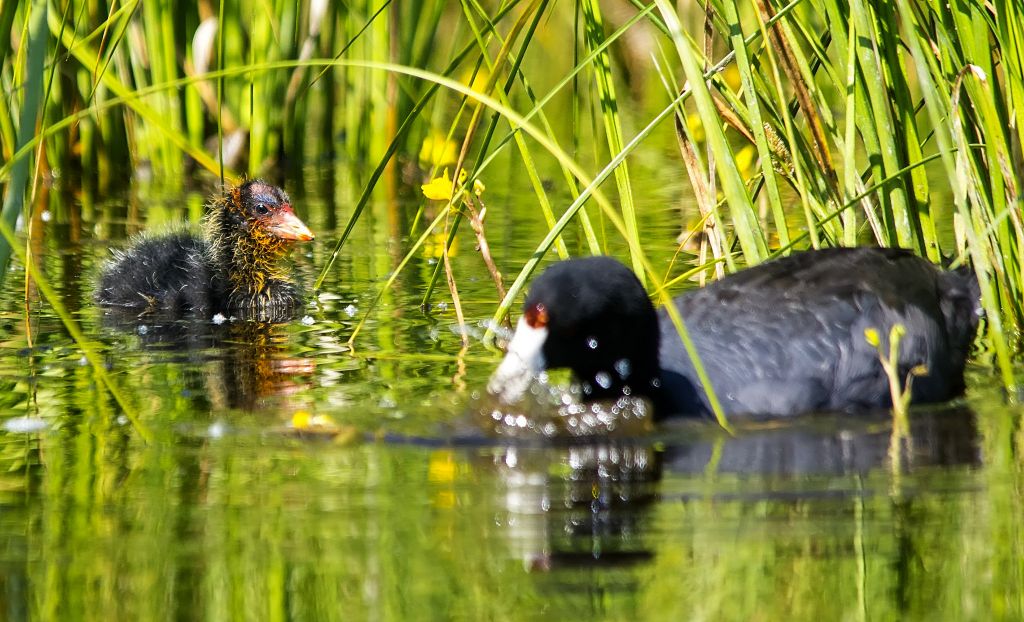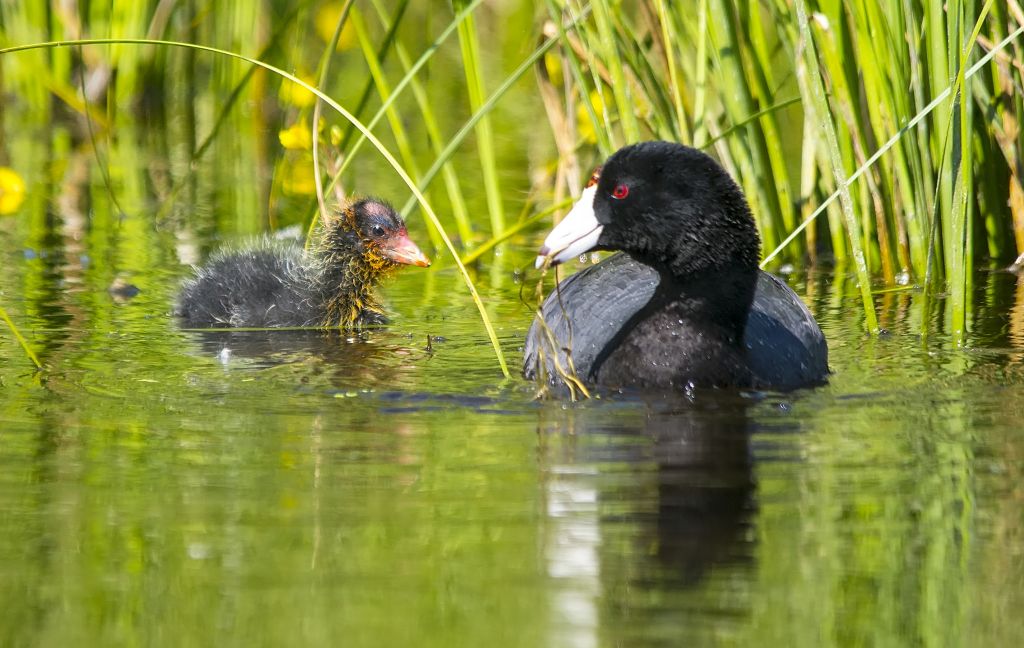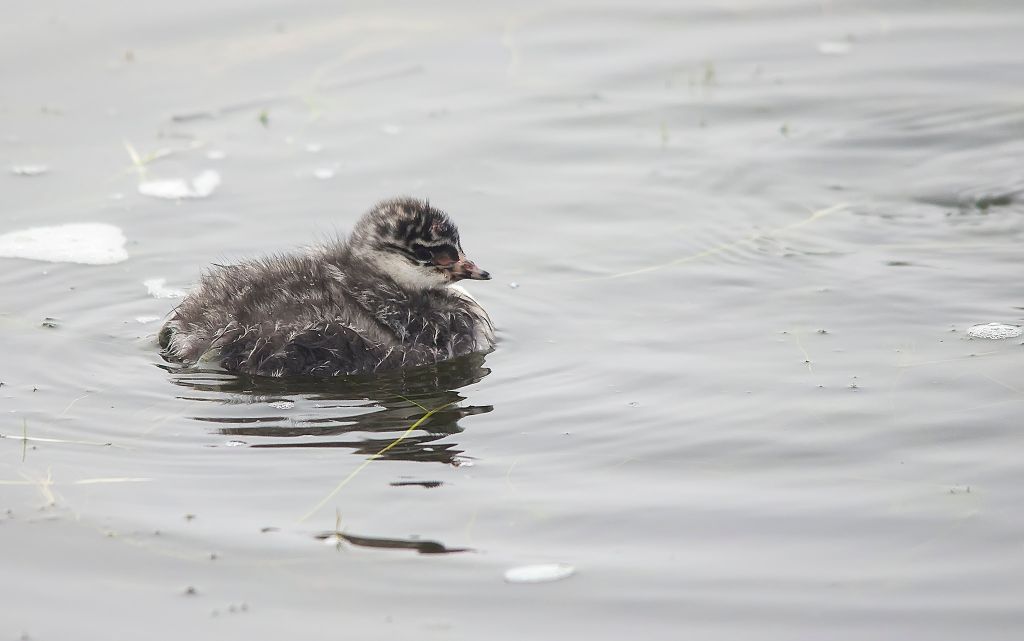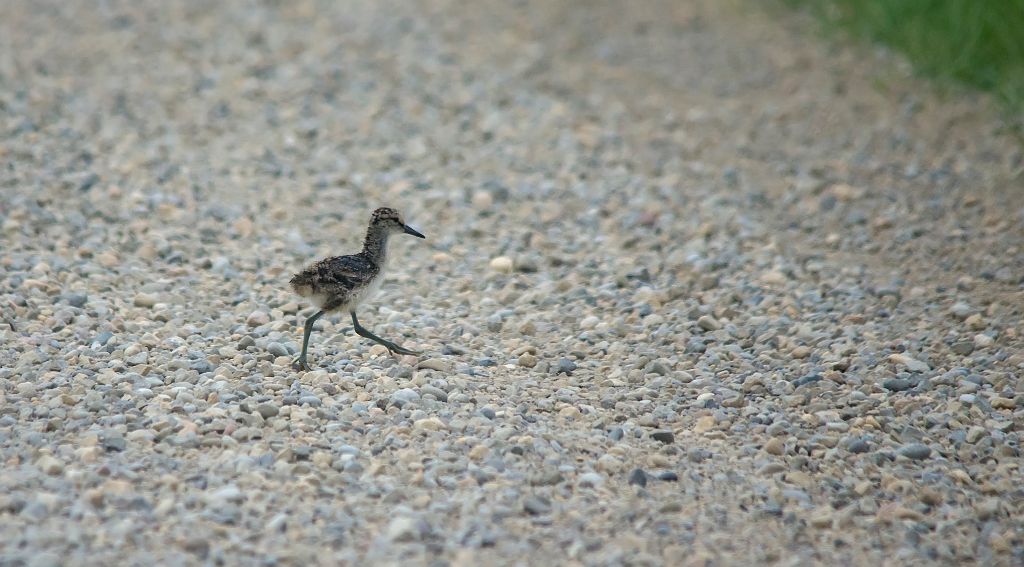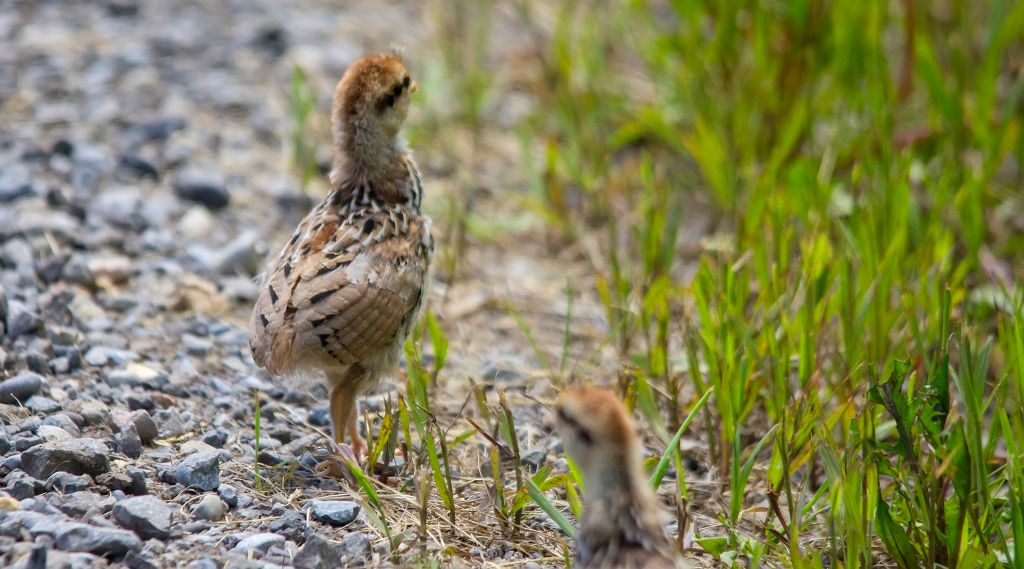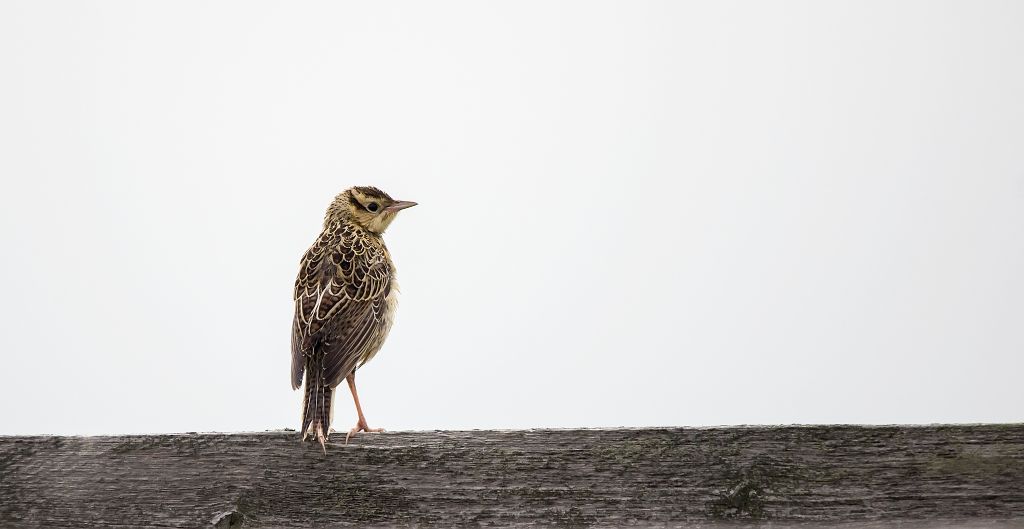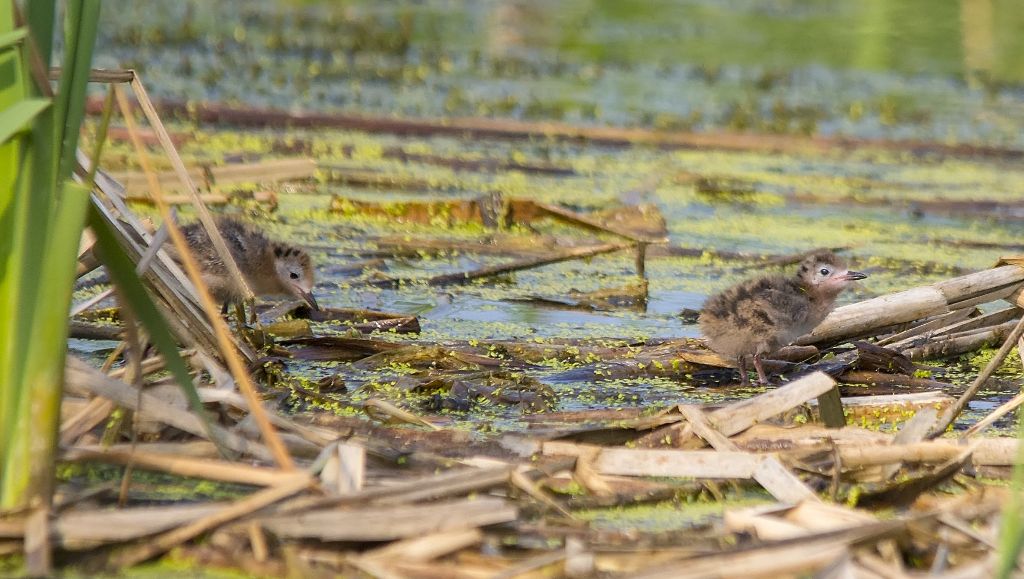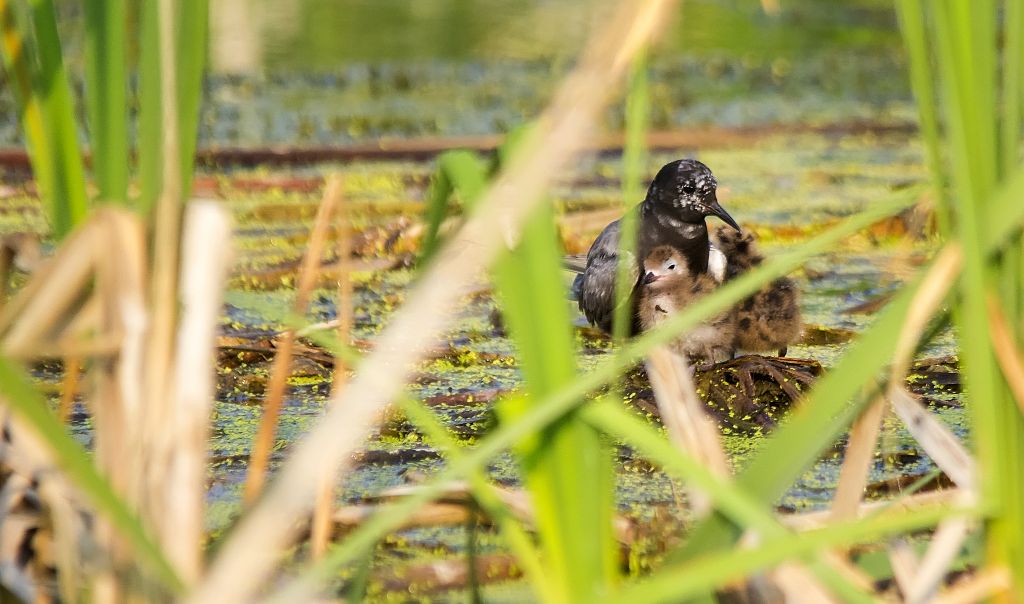Posted by Bob Lefebvre
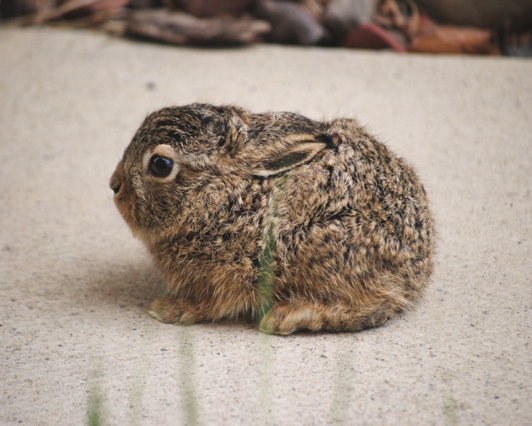
This is not primarily about birds, but the arrival of the Avian Flu virus has put more of a strain than usual on the resources of wildlife rehabilitation organizations in Alberta. White-tailed Jackrabbits are ubiquitous in Calgary, and every spring the Calgary Wildlife Rehabilitation Society (CWRS) has many baby hares brought to them, most of which are perfectly safe and healthy. We also have Snowshoe Hares, and this applies to them as well. Read to the end where there is also advice on handling baby birds, which are beginning to be seen in the area.
CALGARY WILDLIFE REHABILITATION SOCIETY
CLOSE TO CAPACITY FOR BABY HARE INTAKE
Calgary, Alberta- Calgary Wildlife Rehabilitation Society has nearly reached its capacity to take in baby hares just as the busy baby season starts. Calgary Wildlife is currently caring for 35 baby hares that were brought to the wildlife clinic by well-meaning individuals thinking the babies needed help. But in reality, the majority of the hares did not need help. Of the 35 babies brought to Calgary Wildlife, only three had injuries that required attention, the remaining 32 were unintentionally taken from their mothers. Often well-meaning individuals see a baby hare by itself during the day and assume the hare has been orphaned or needs help. This couldn’t be further from the truth. Hares are born with their eyes open and the ability to hop within hours of birth. Their mothers leave them during the day as a way of protecting them from predators but always come back to feed and forage with them. Baby hares can easily camouflage into their surroundings and freeze in place, which makes them nearly invisible to predators.
In general, hares are very difficult animals to rehabilitate due to their extremely high-stress levels and delicate gut bacteria. Sadly, healthy baby hares brought into rehabilitation centres have a much higher mortality rate than if they were left on their own in the wild. The best advice during the baby season is, “if you see a baby hare you should leave it there”. If the public is unsure if a baby hare needs help, they can call the Calgary Wildlife hotline at 403-214-1312 for advice.
A shareable PSA about baby hares can be viewed here:
The Calgary Wildlife Rehabilitation Society (Calgary Wildlife) is a registered charitable organization that was established in 1993. Calgary Wildlife provides expert compassionate care to injured and orphaned wildlife in and around the City of Calgary. As an accredited veterinary hospital (ABVMA), Calgary Wildlife is open 365 days a year and is the only wildlife rehabilitation centre located within the city. Calgary Wildlife also provides valuable outreach and educational services to the community.
For more information, please visit www.calgarywildlife.org
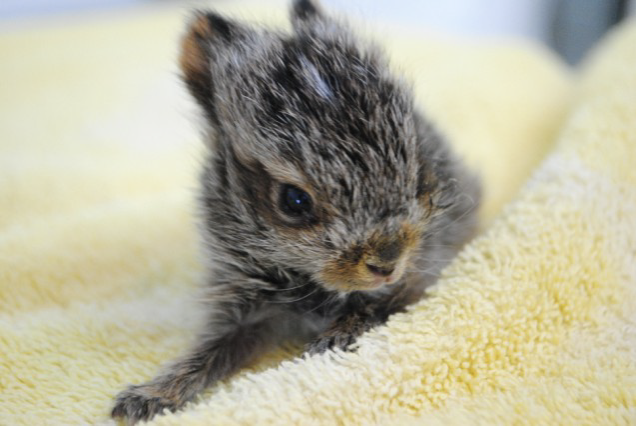
Media Inquiries:
Beki Hunt
Executive Director
Calgary Wildlife Rehabilitation Society
calgarywildlifeinfo[at]gmail.com
587-890-5349
___________________________________________________________________________________
And here is another video on the Calgary Wildlife channel about How to Help Baby Birds:
The Calgary Wildlife Rehabilitation Society is dedicated to treating injured and orphaned wildlife, providing valuable outreach and education services to the community and engaging all volunteers in motivational work and skill building experience.

